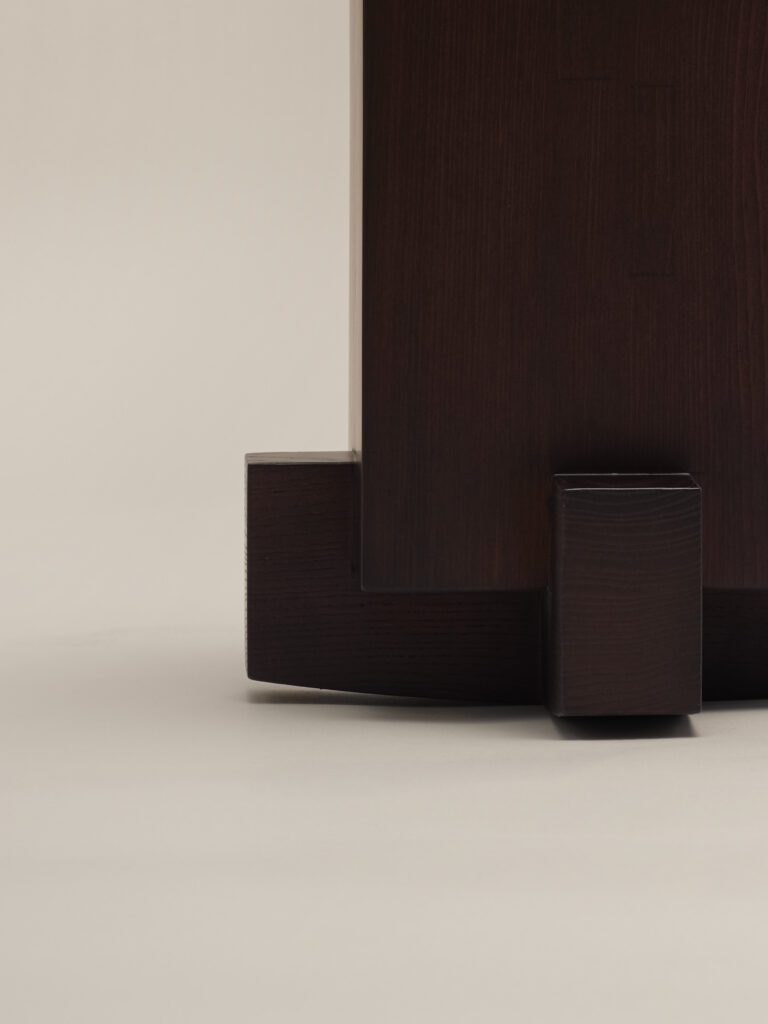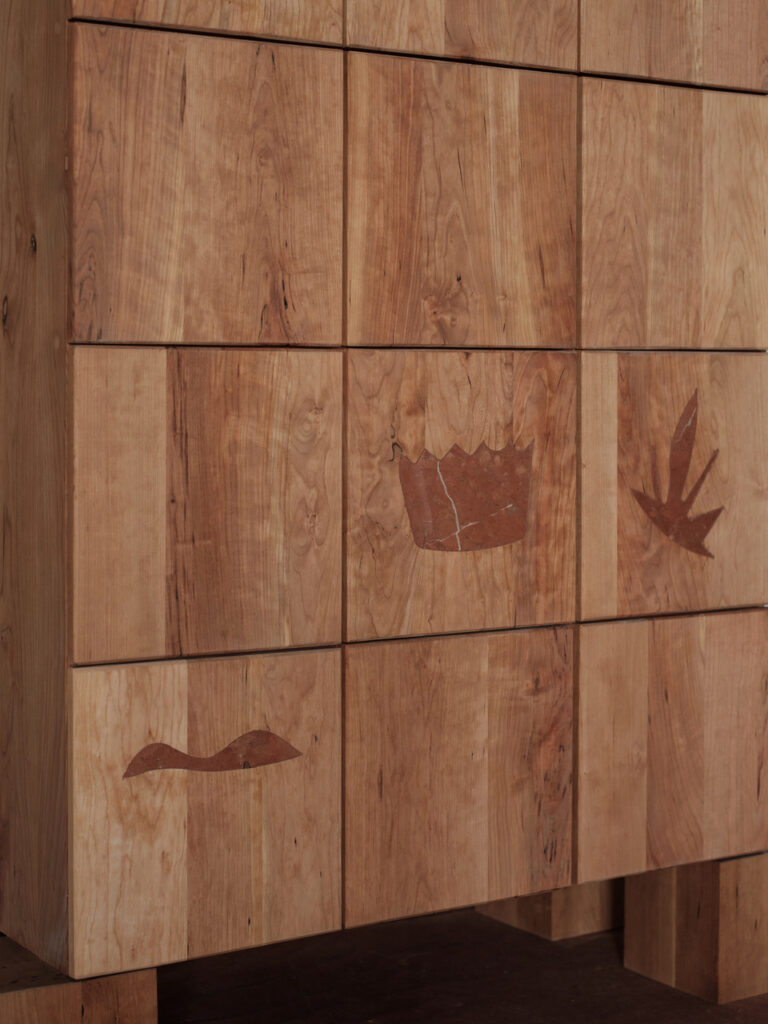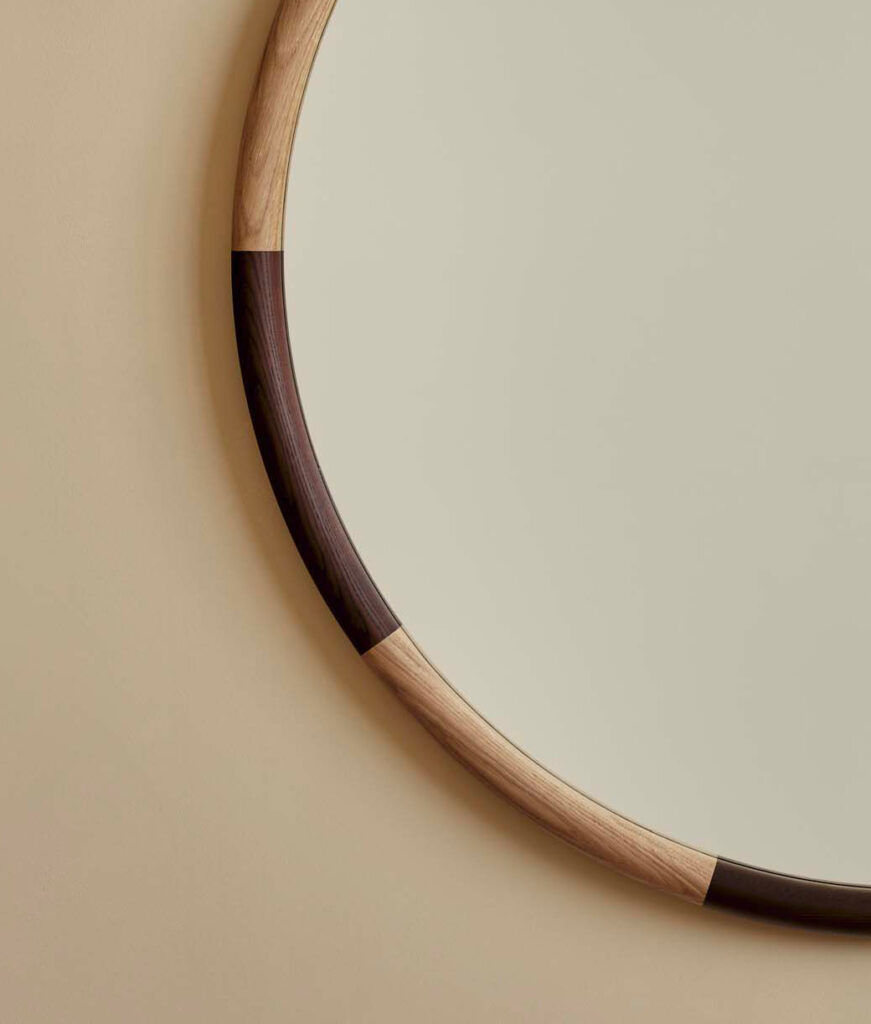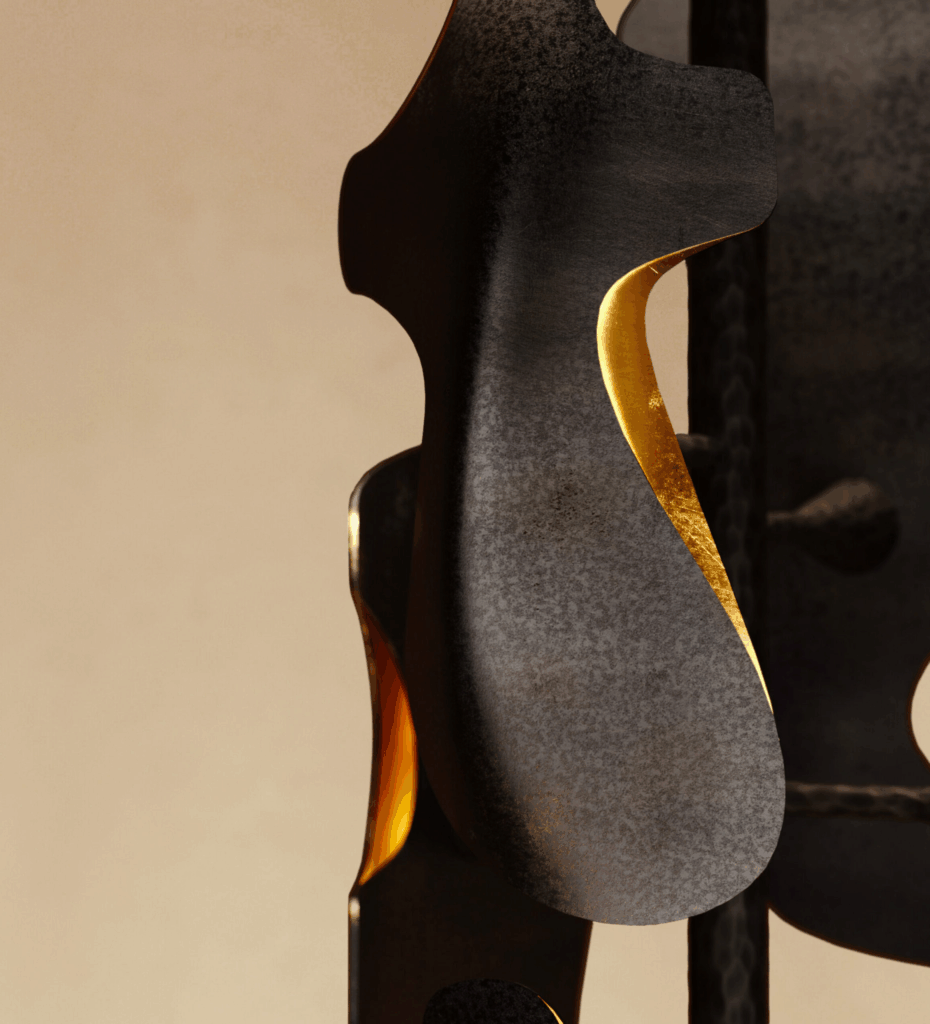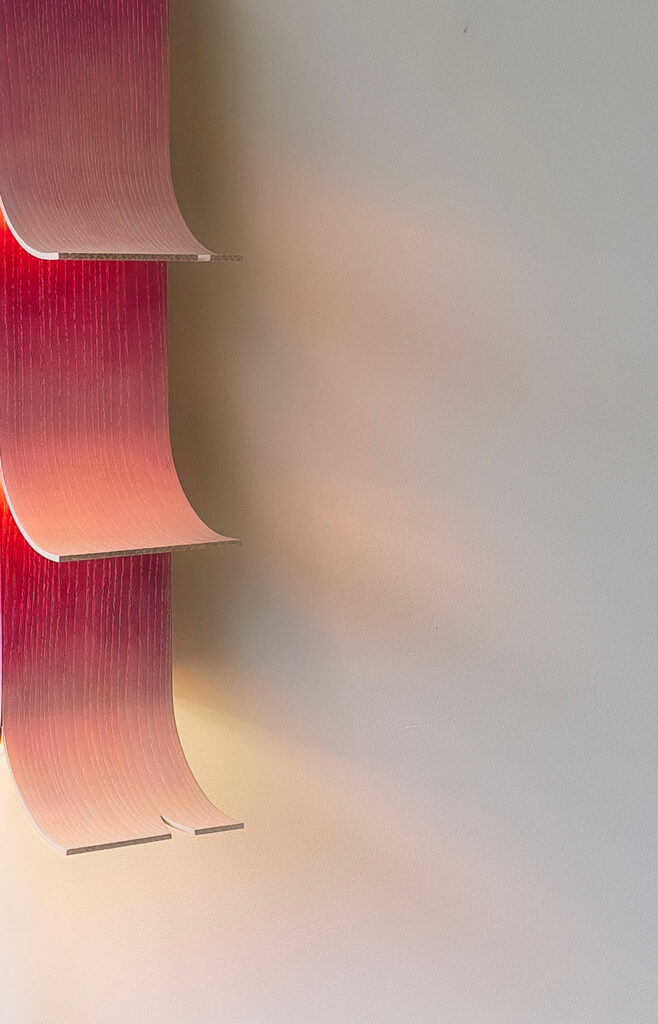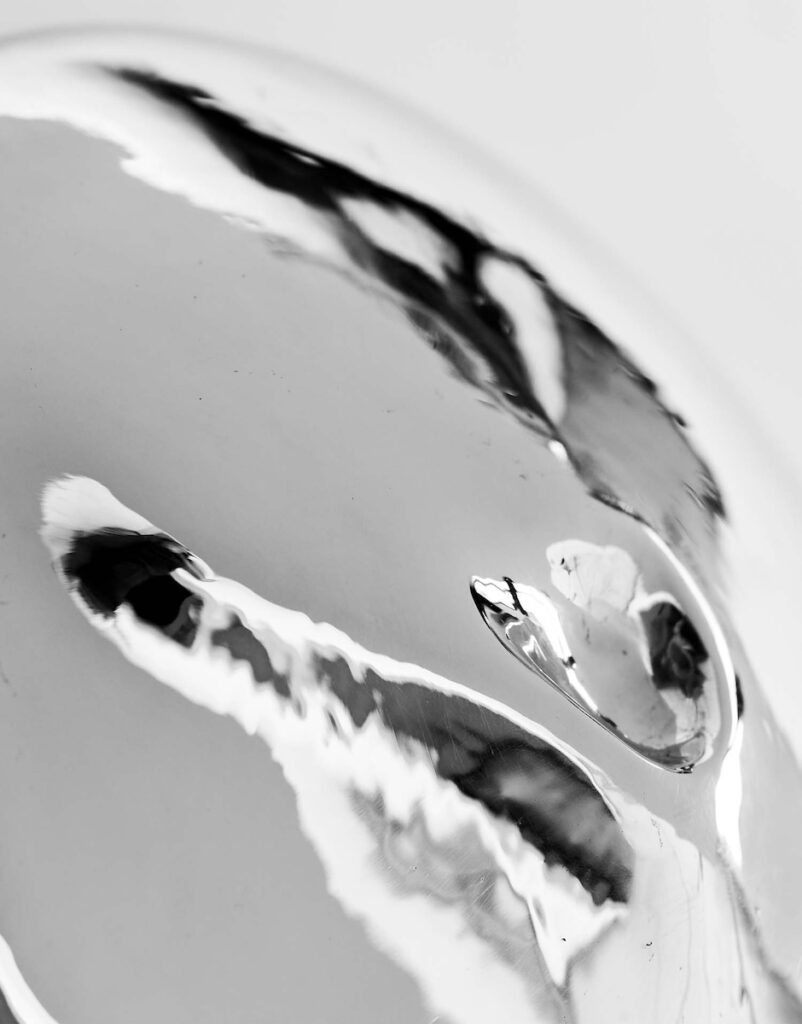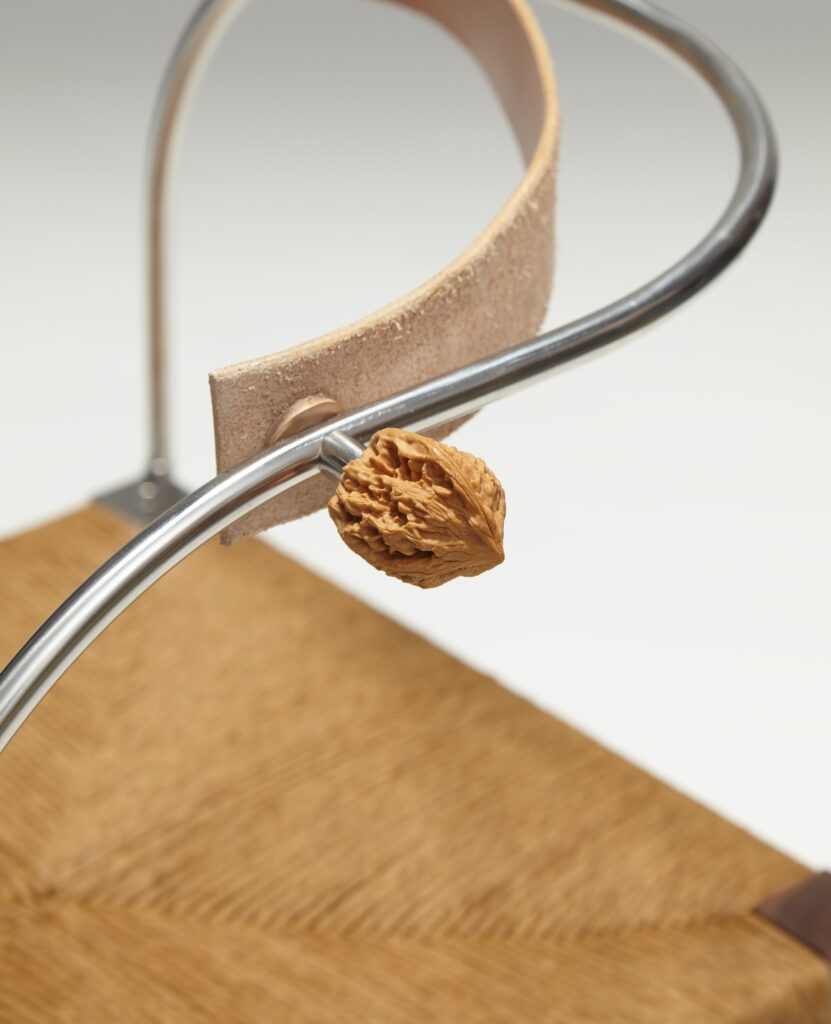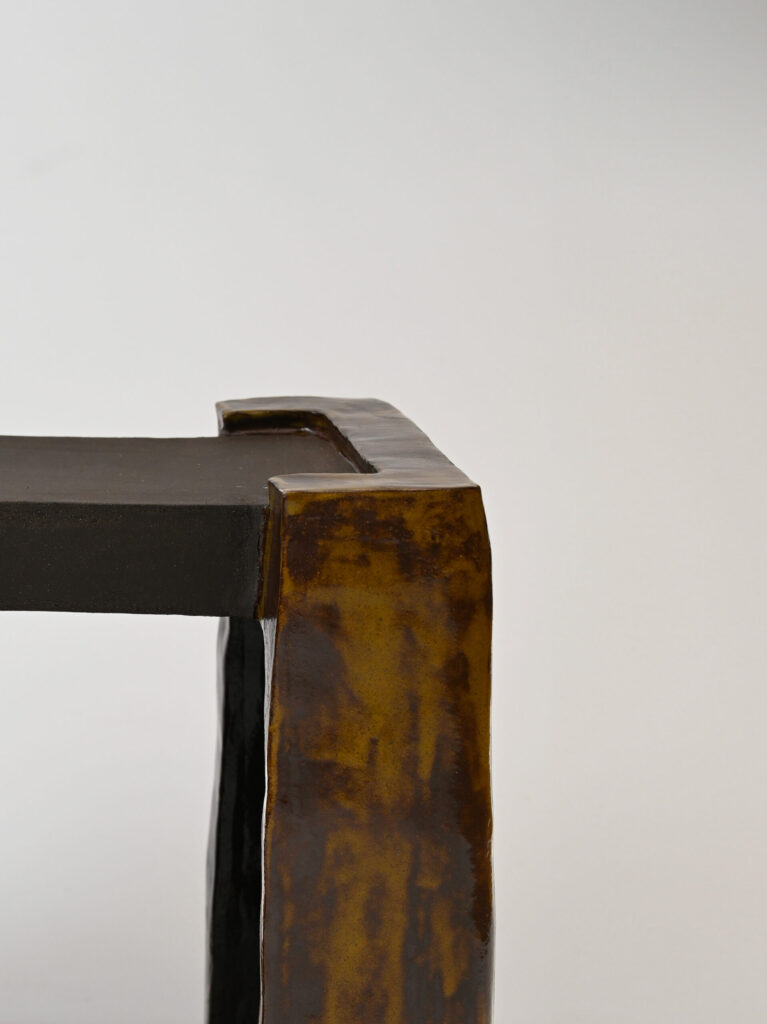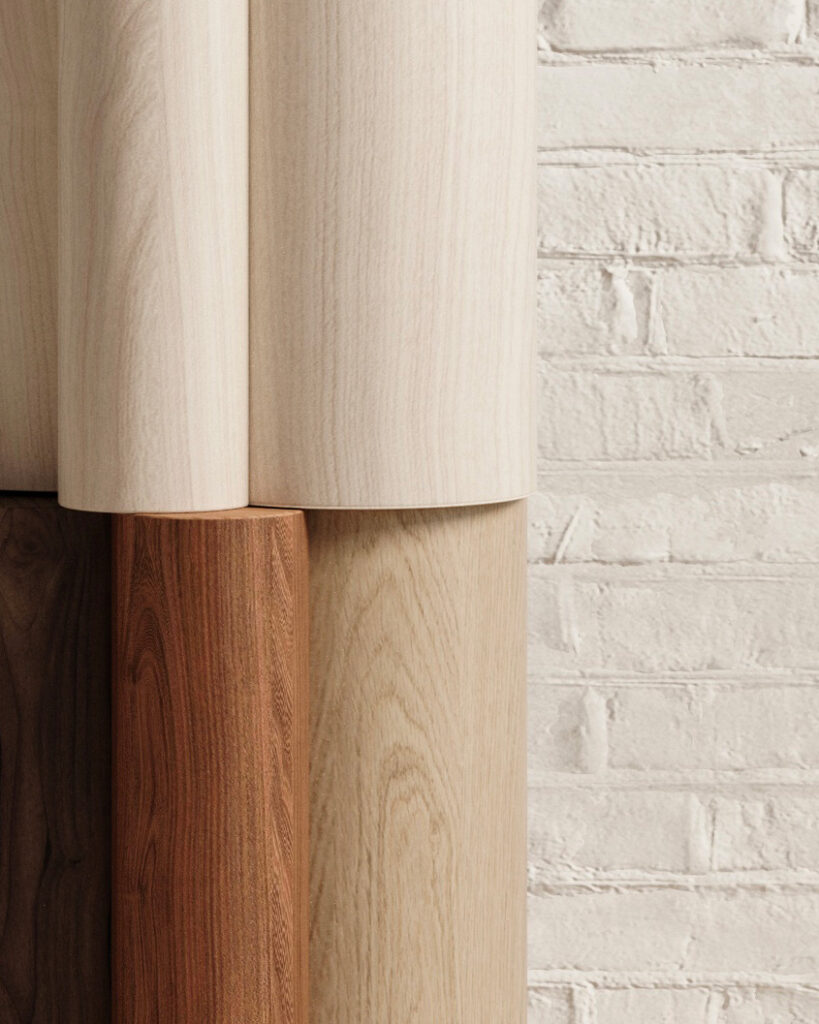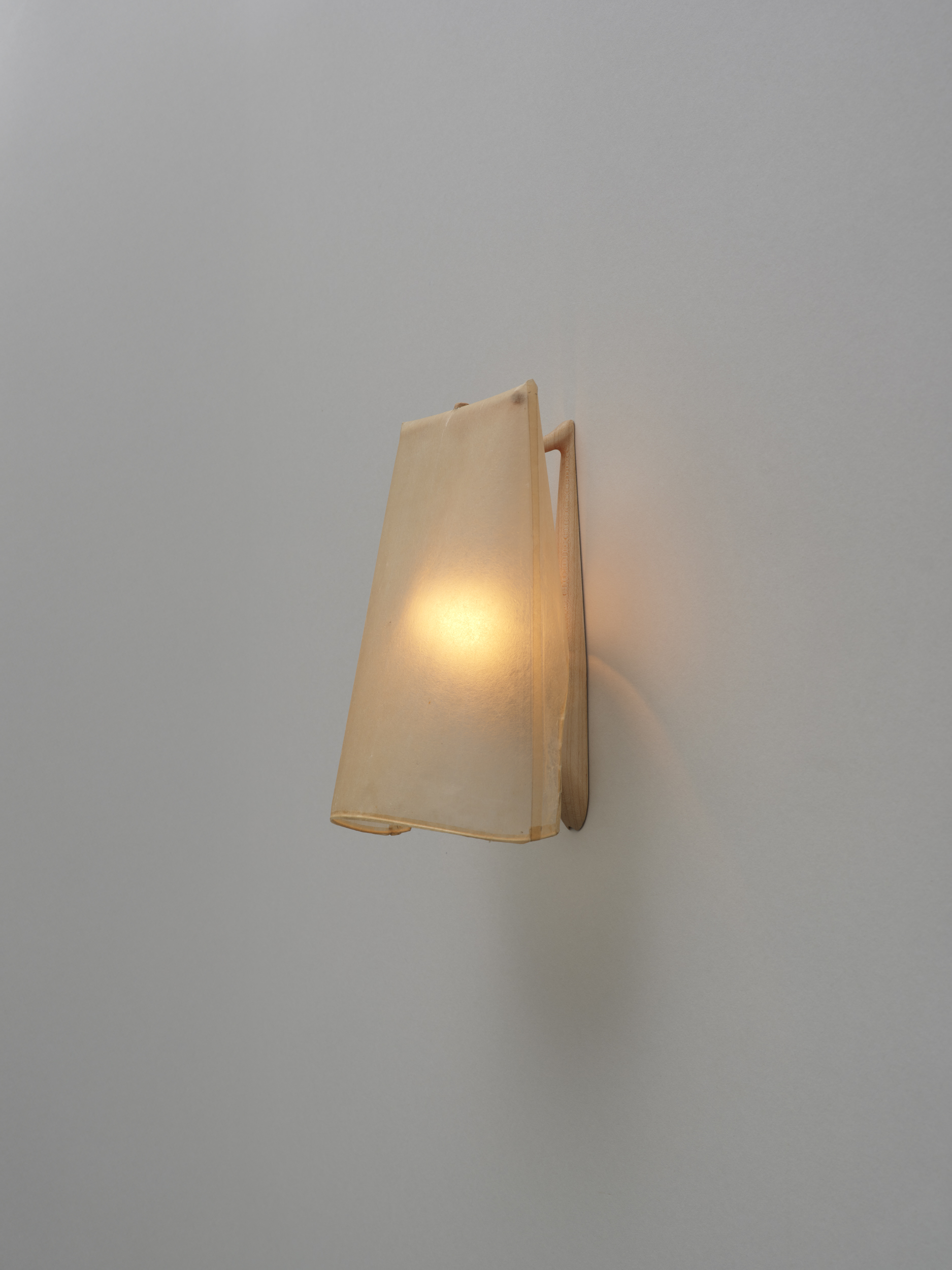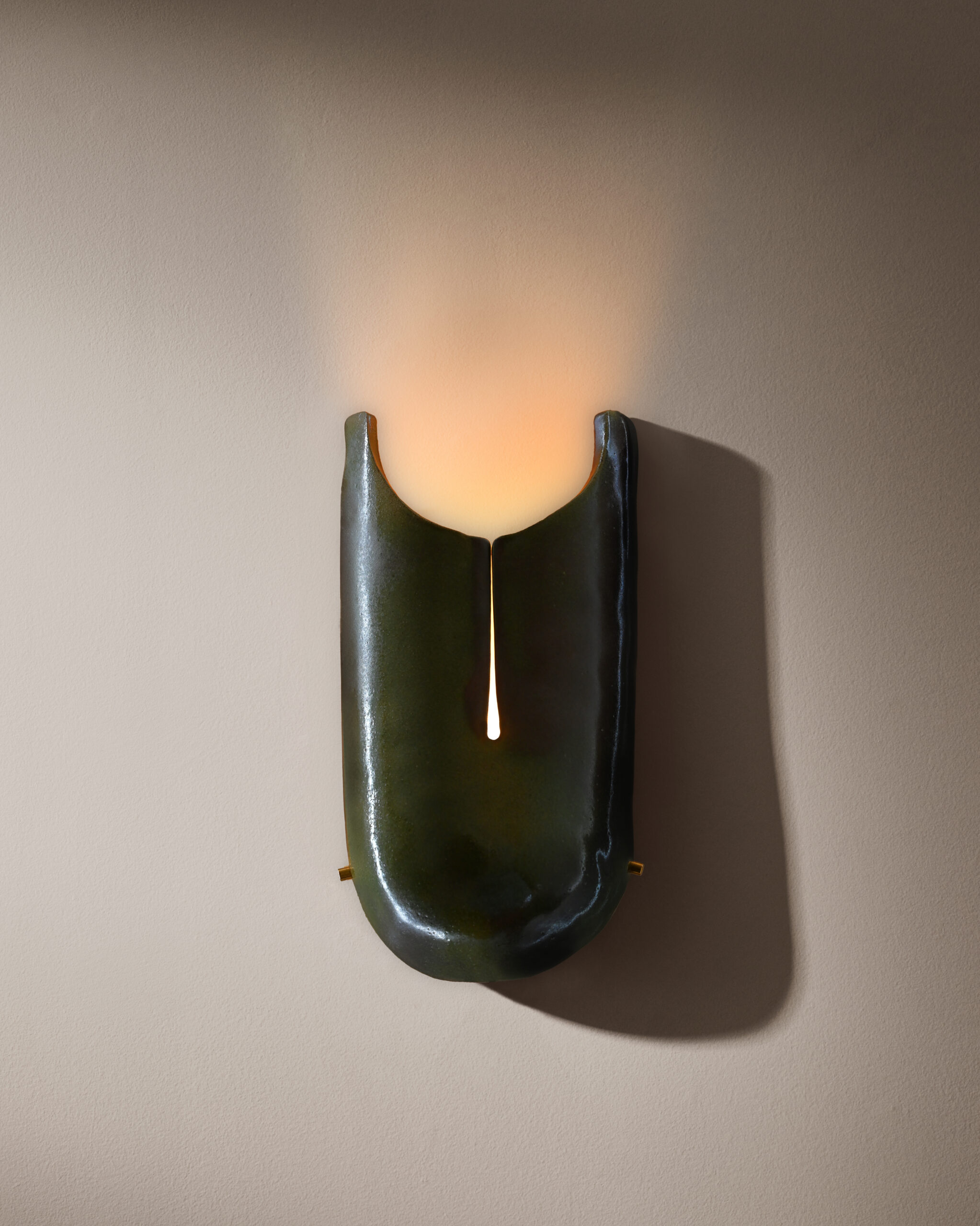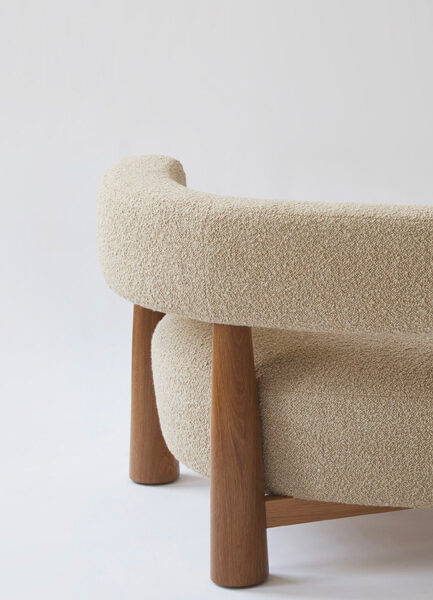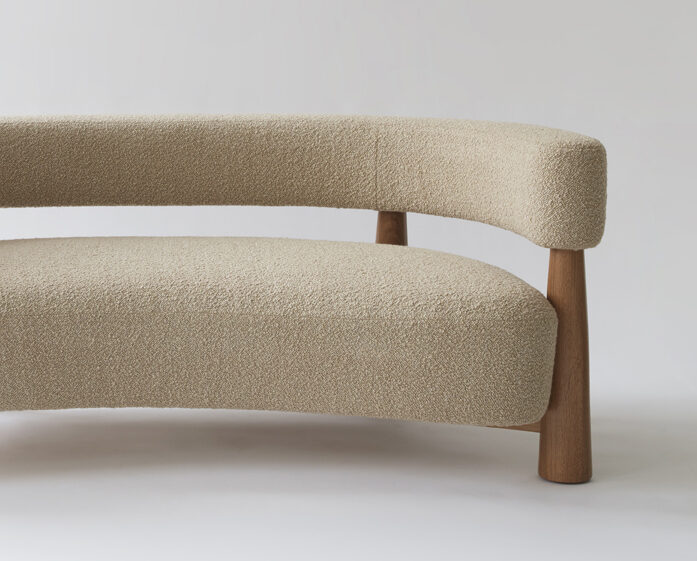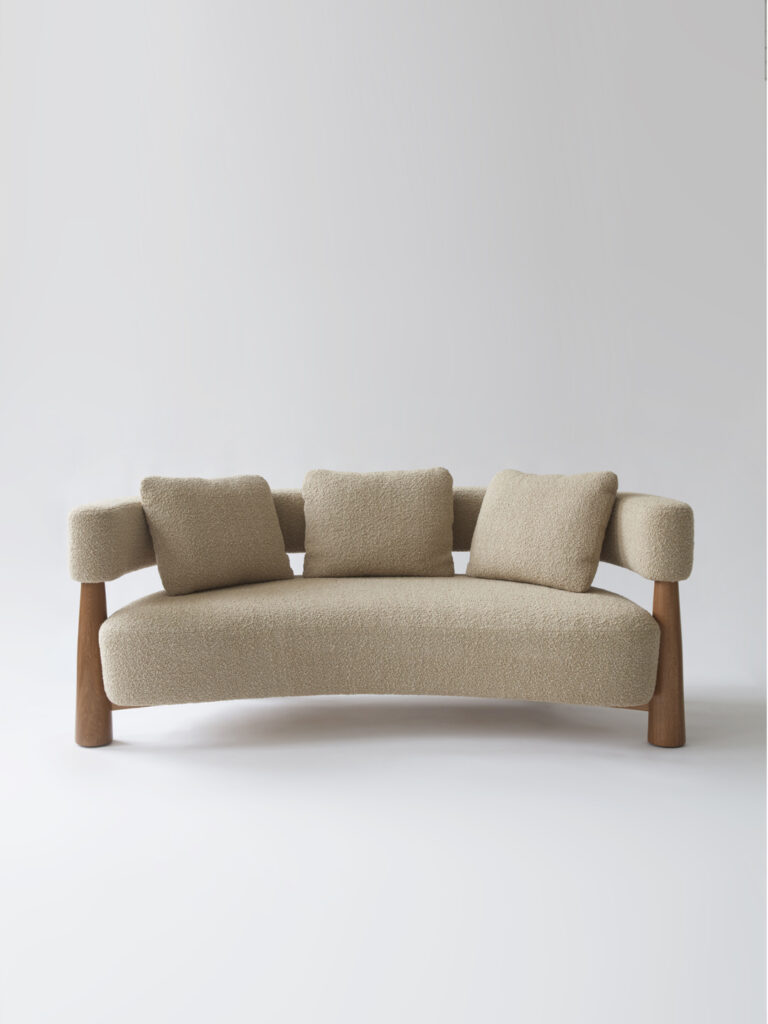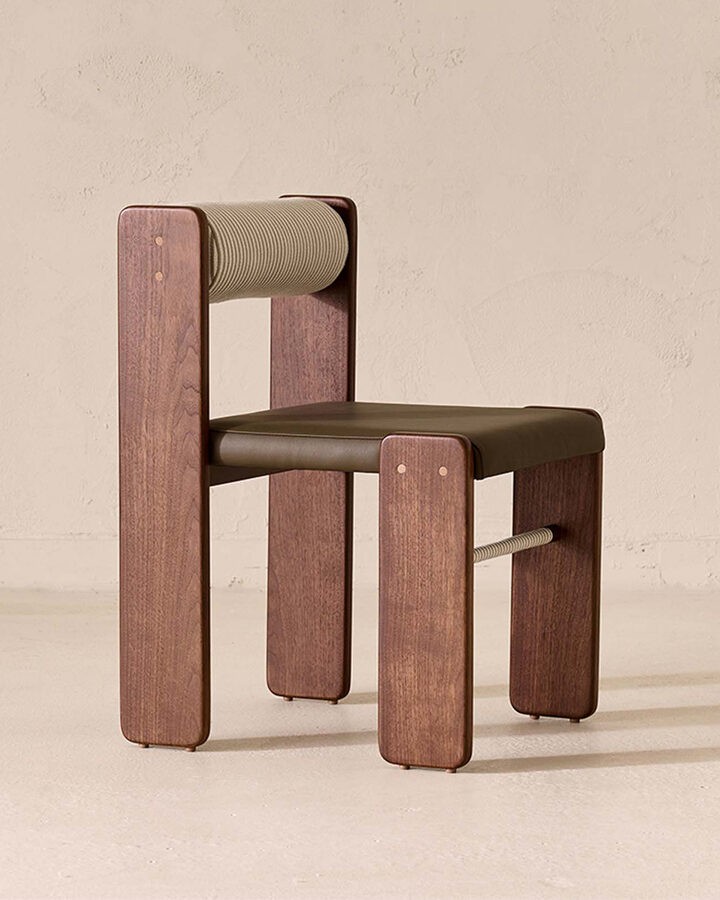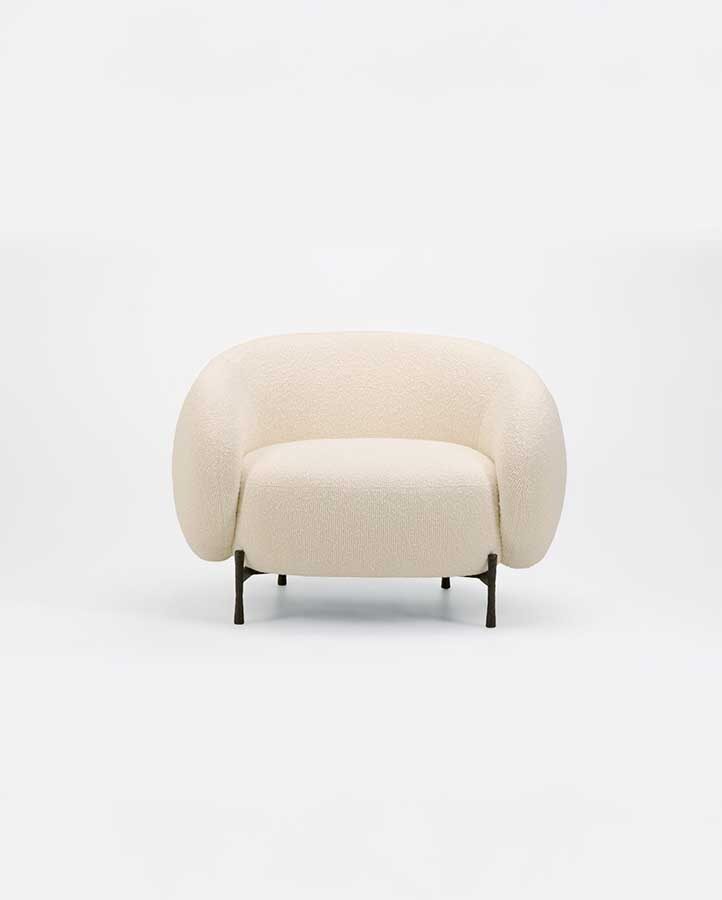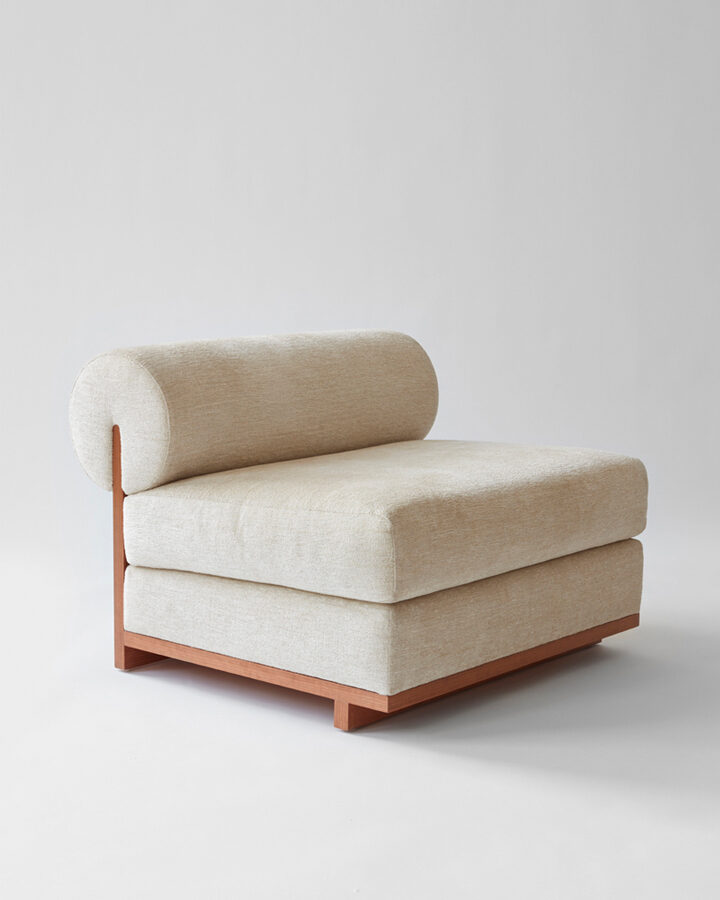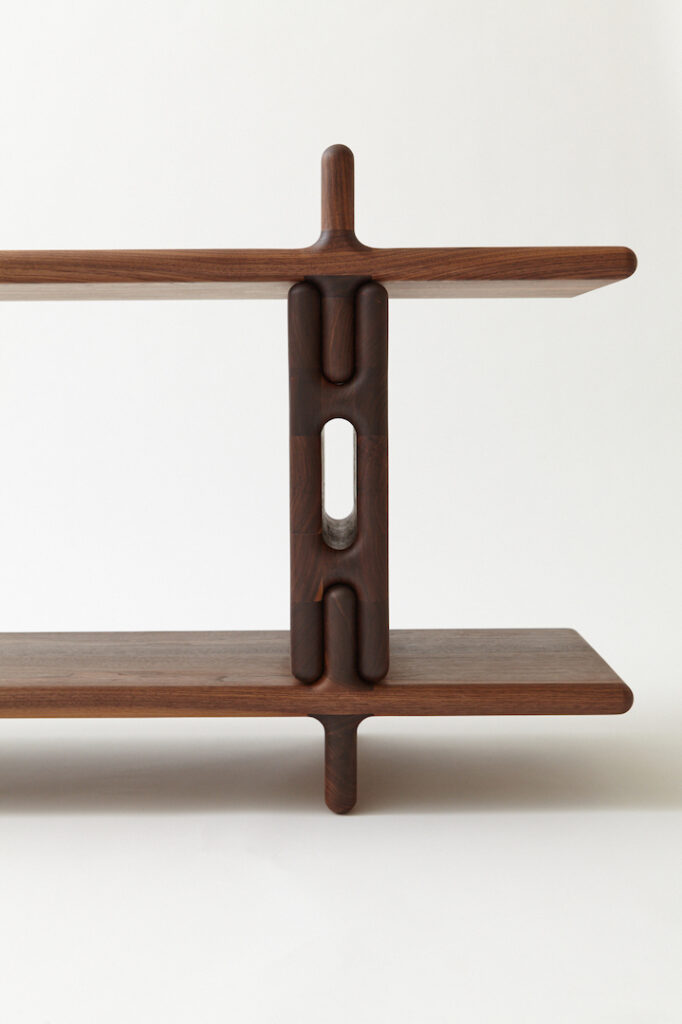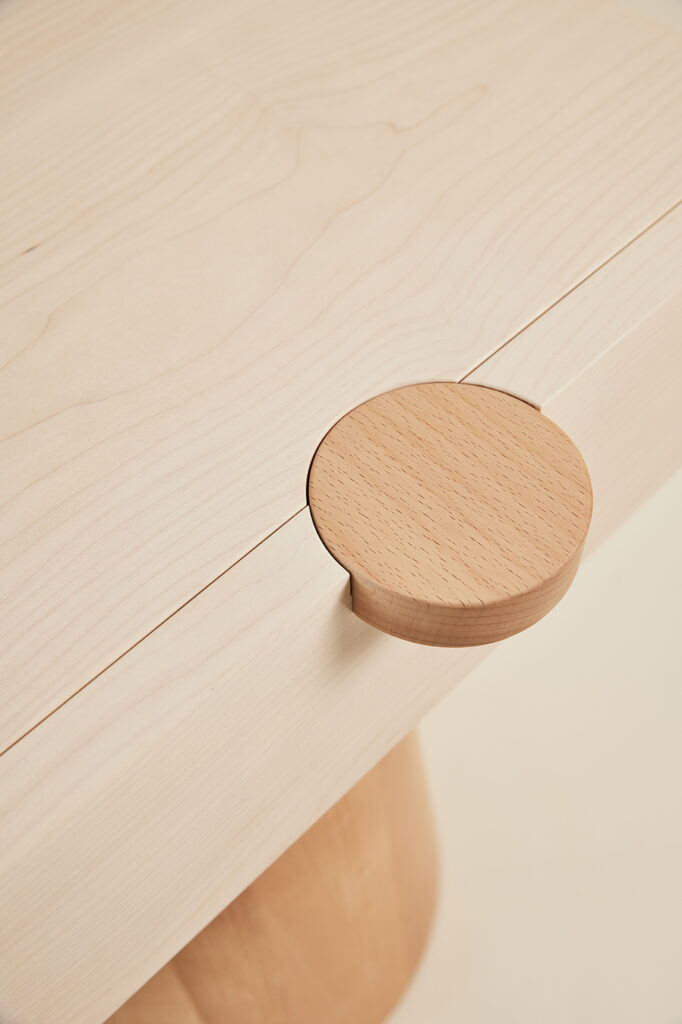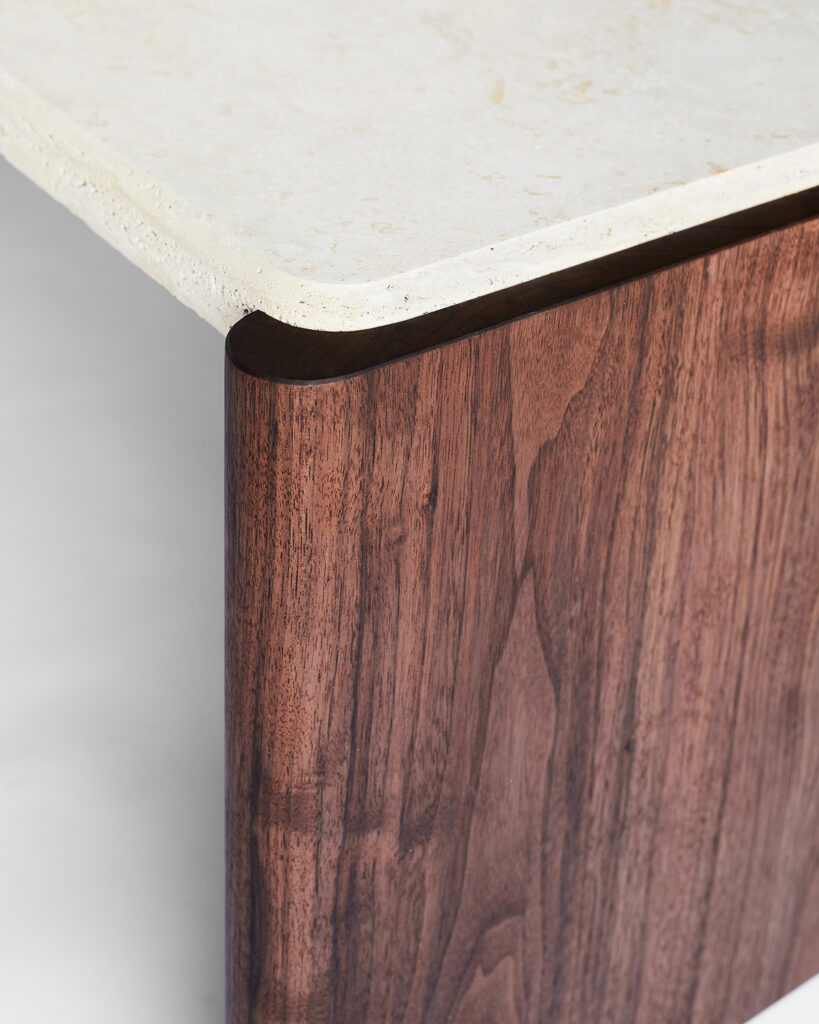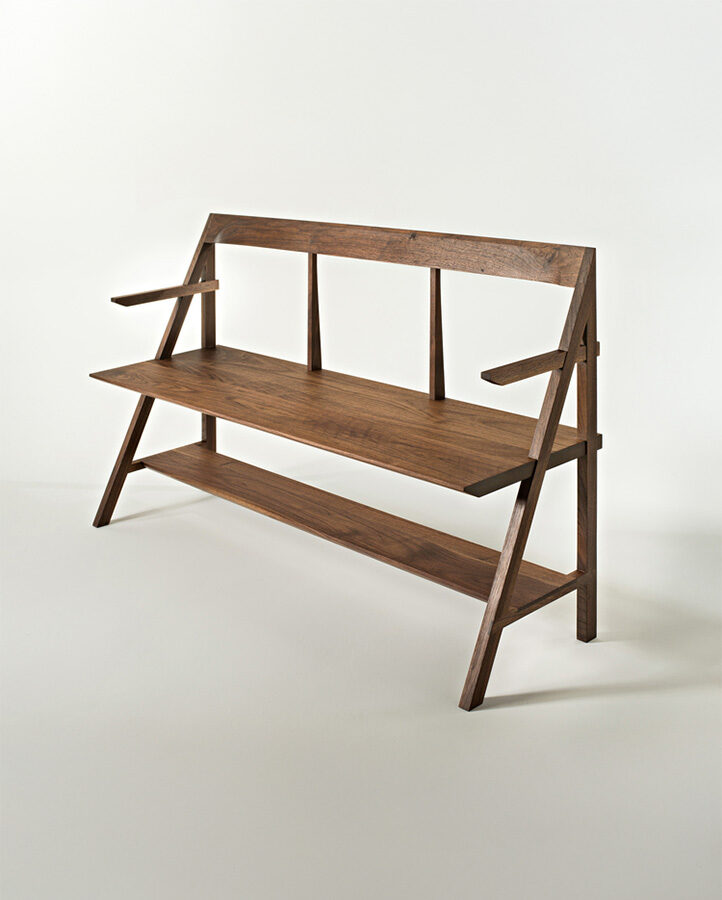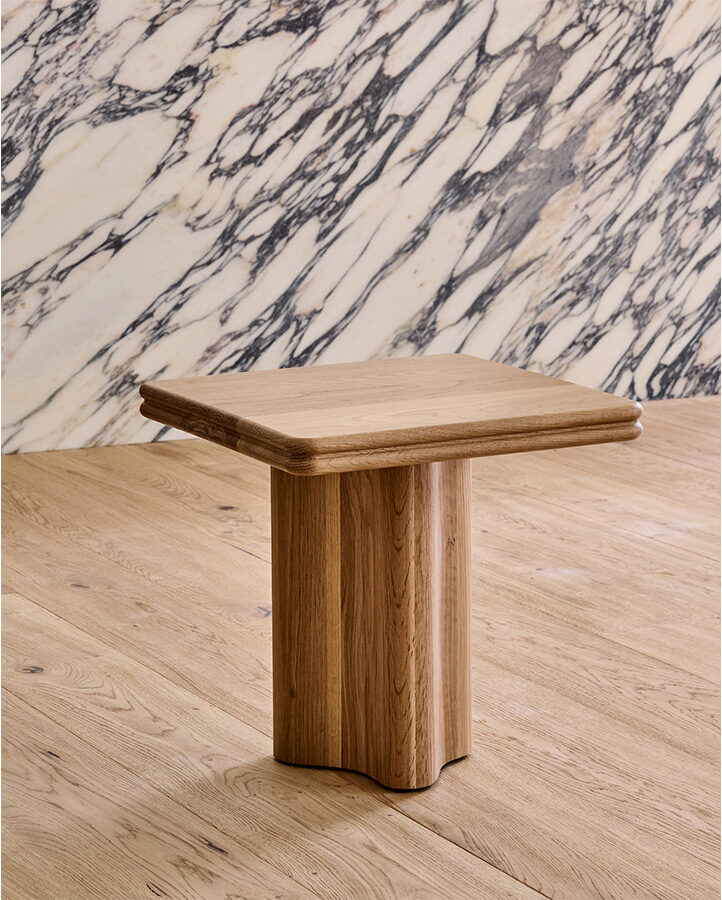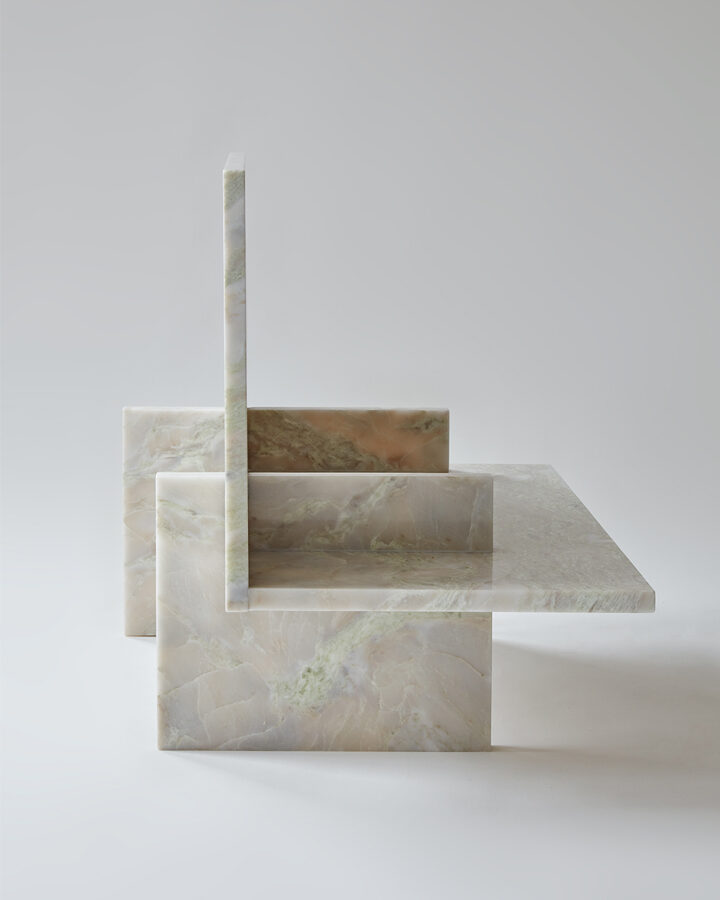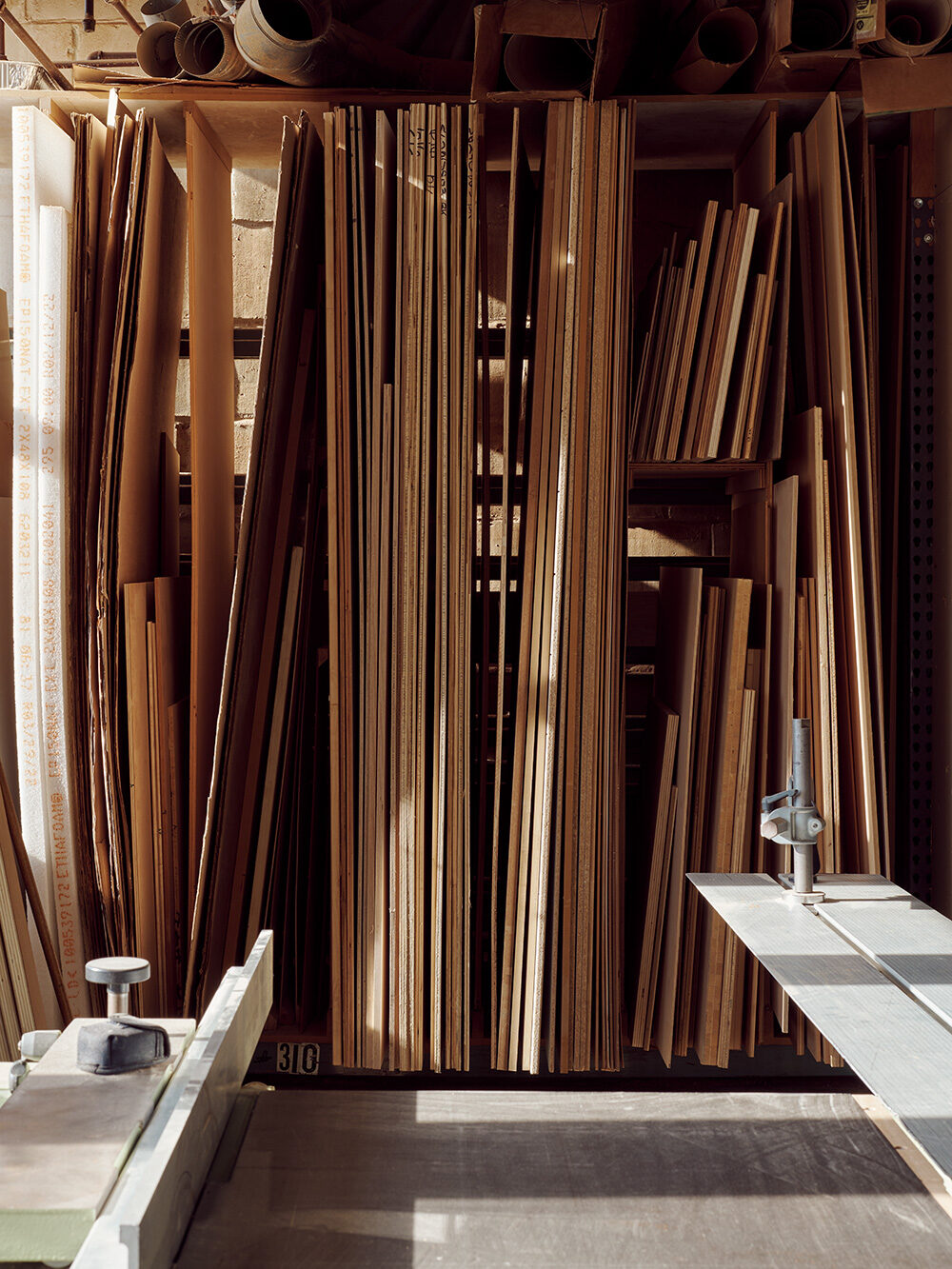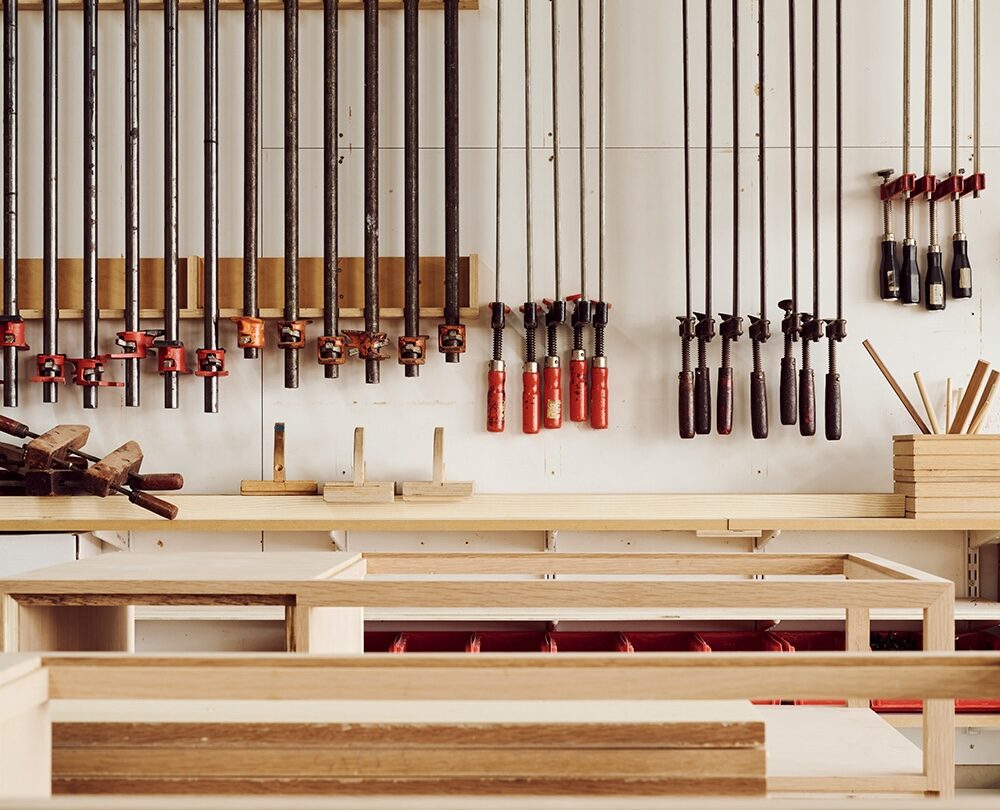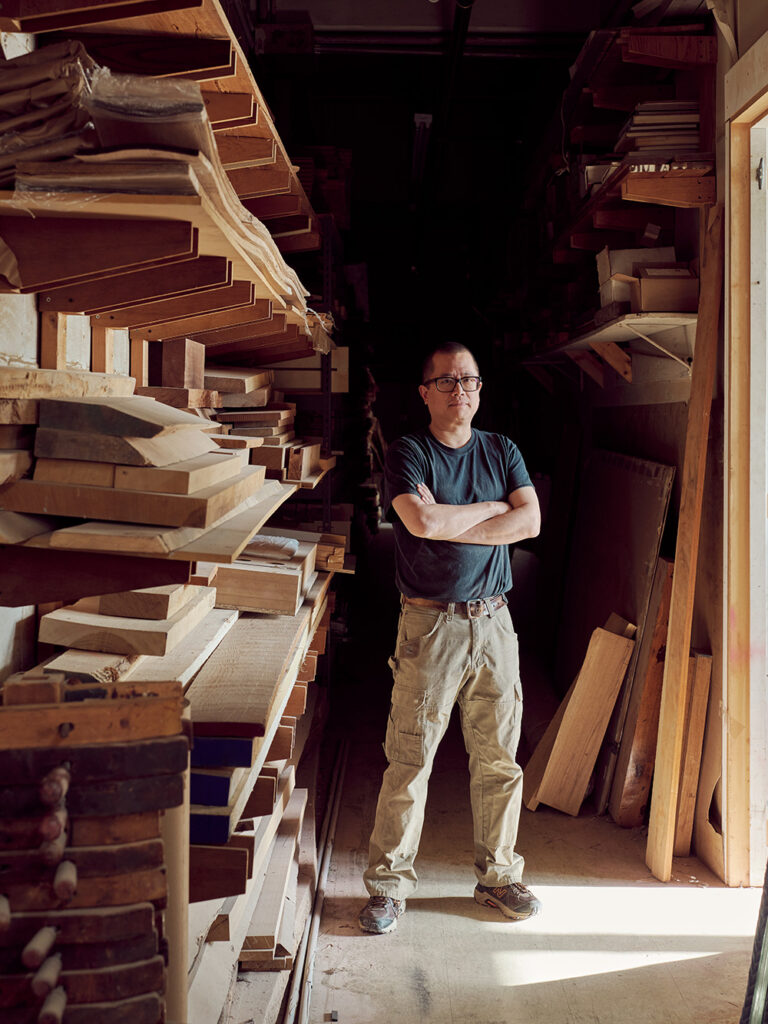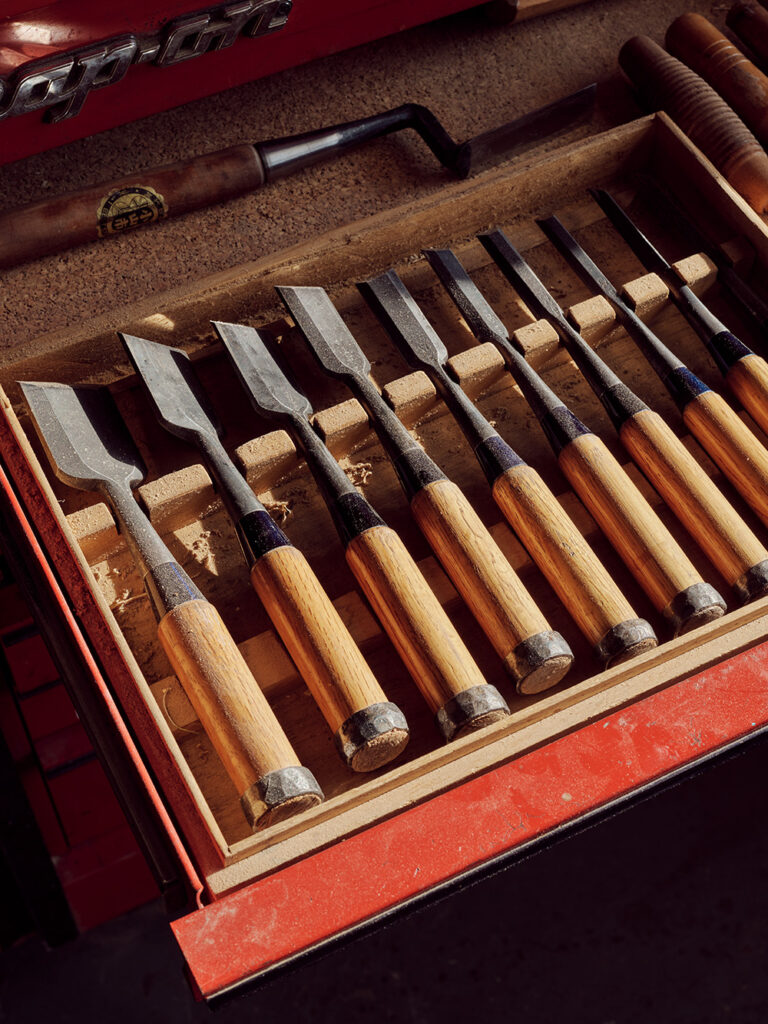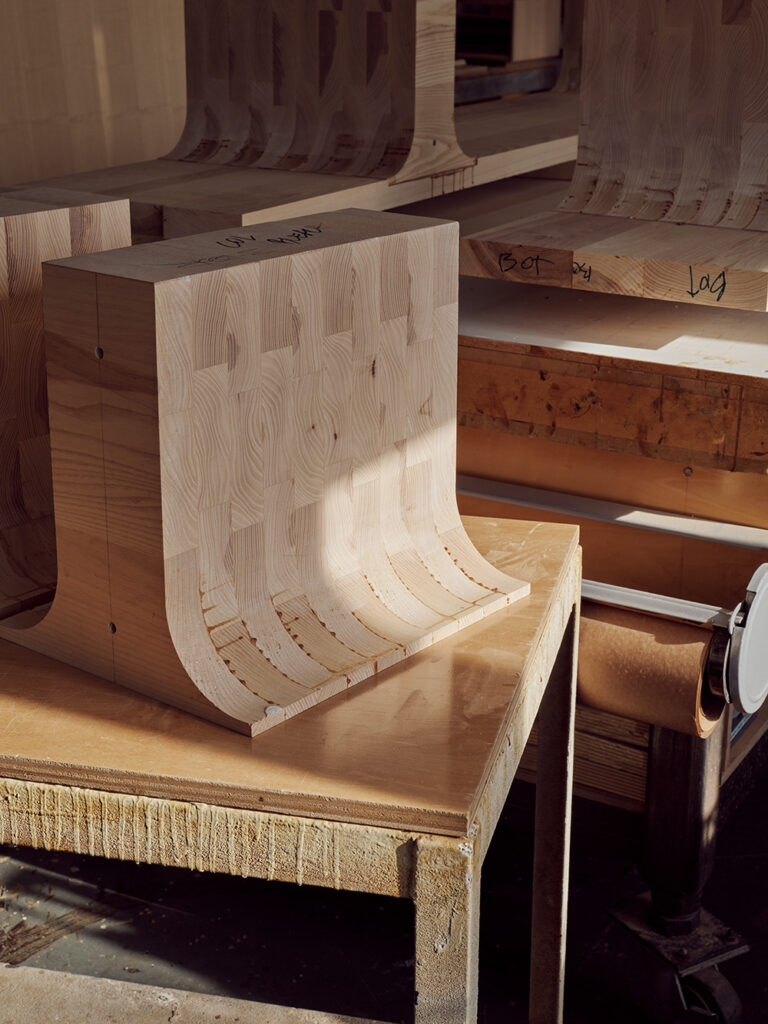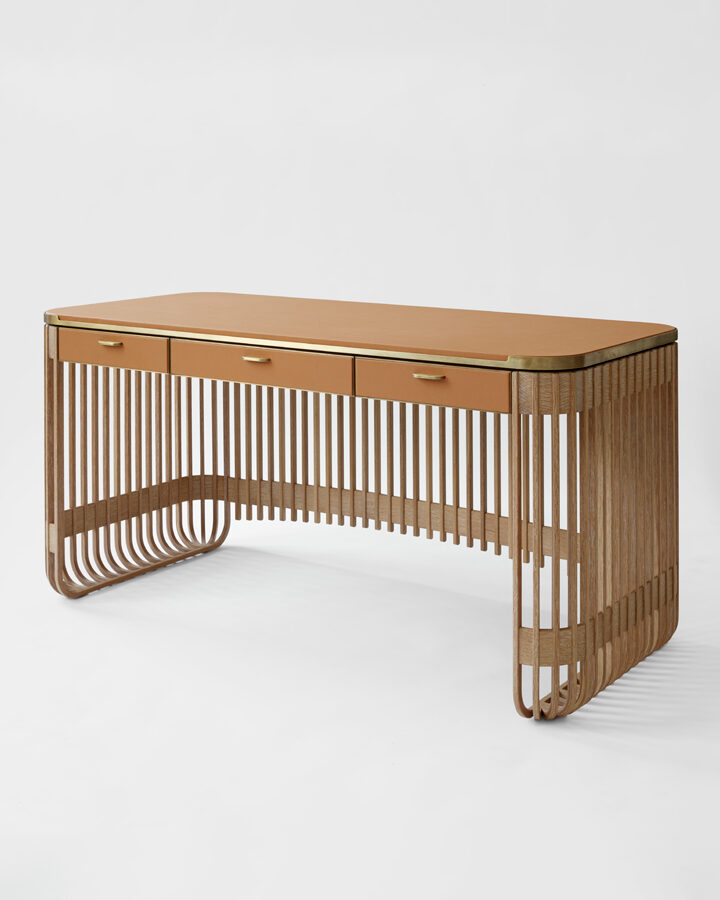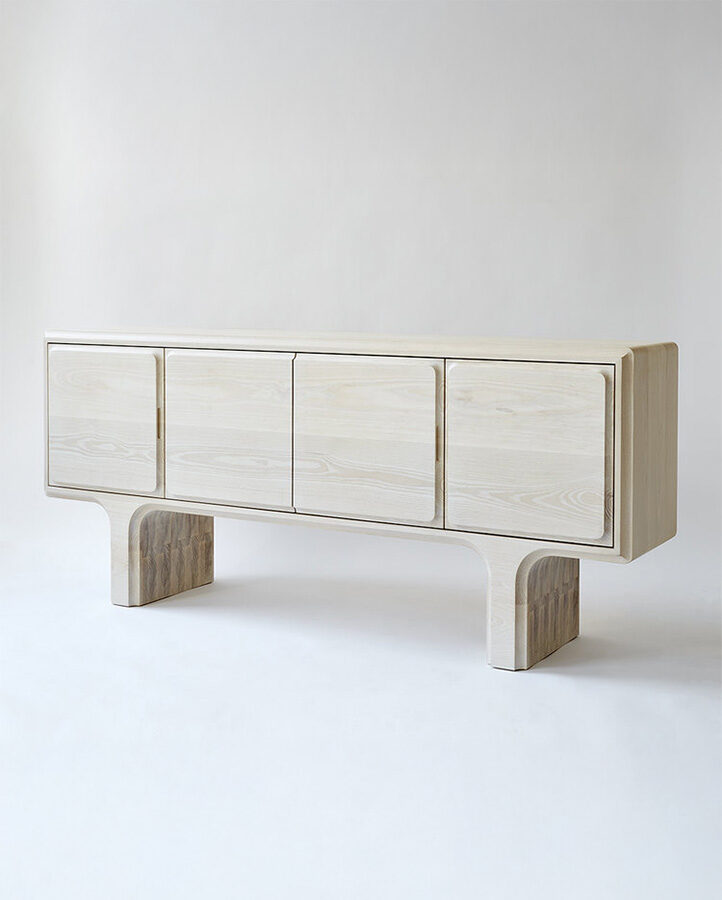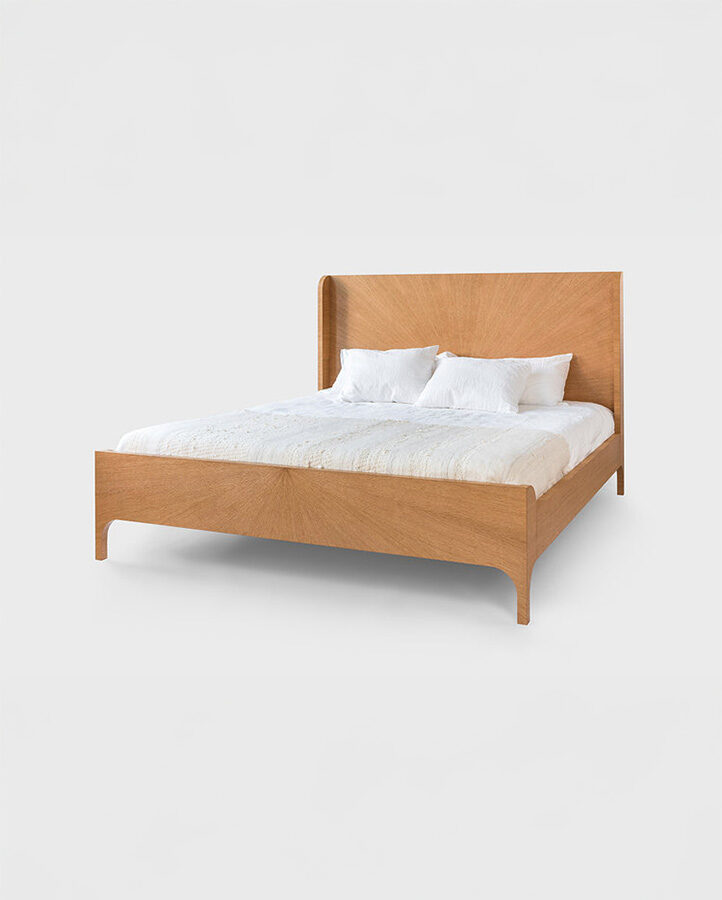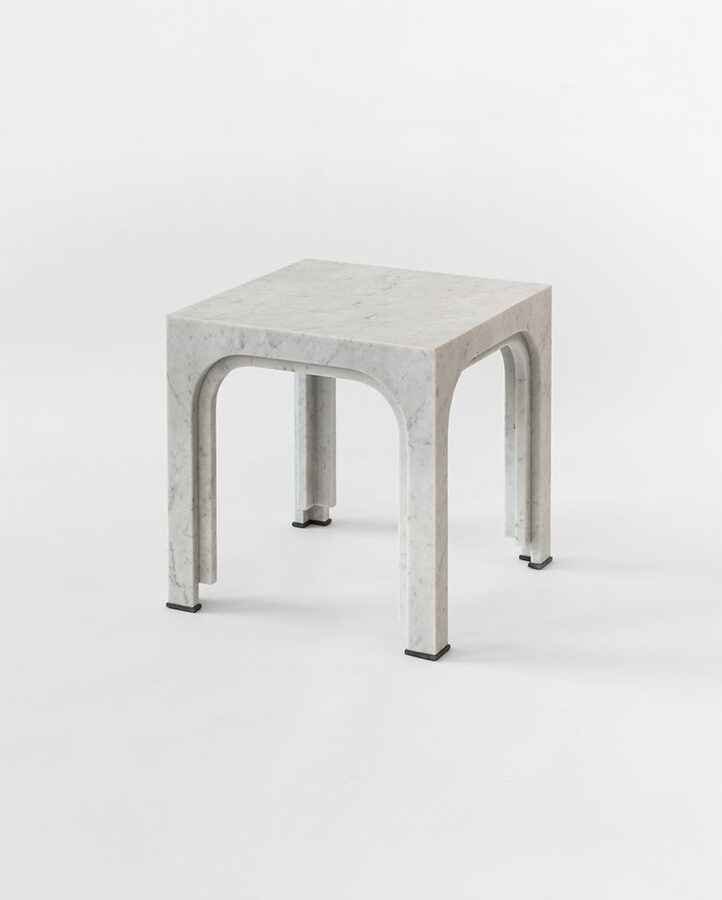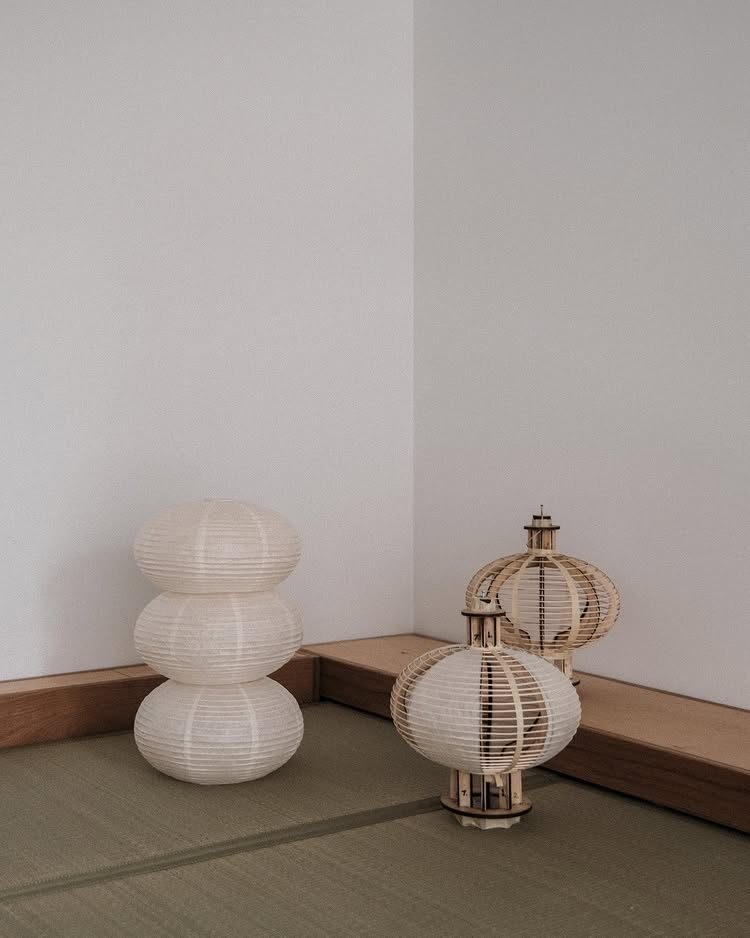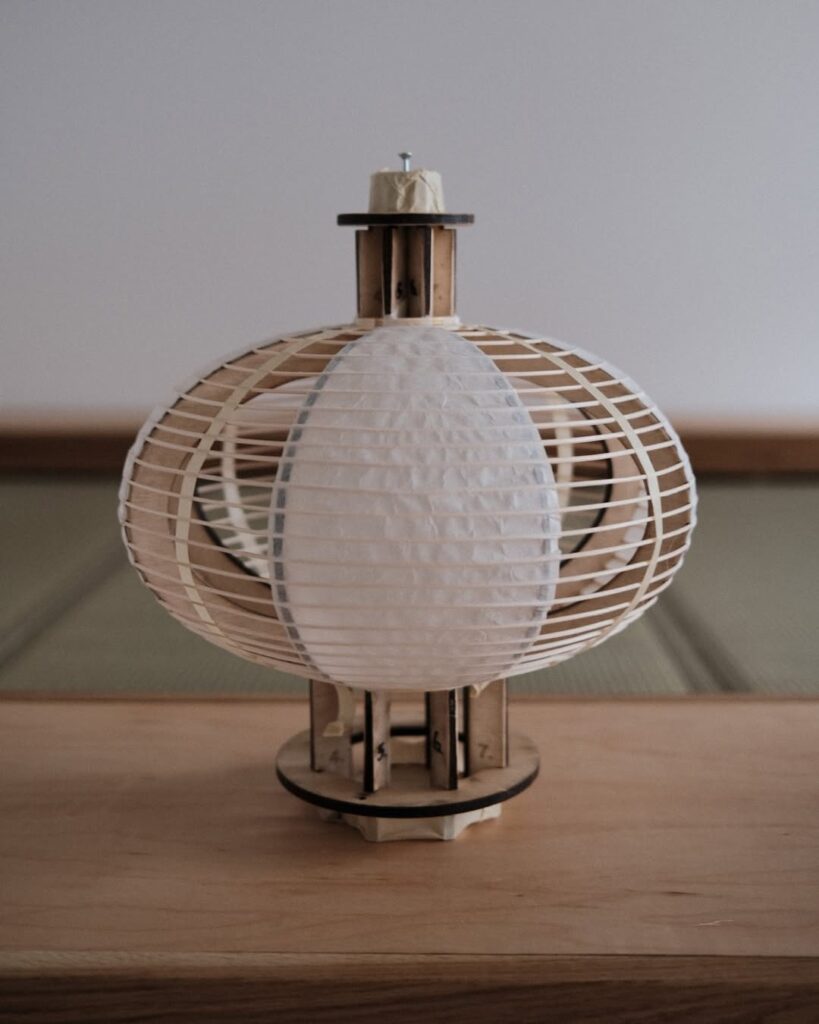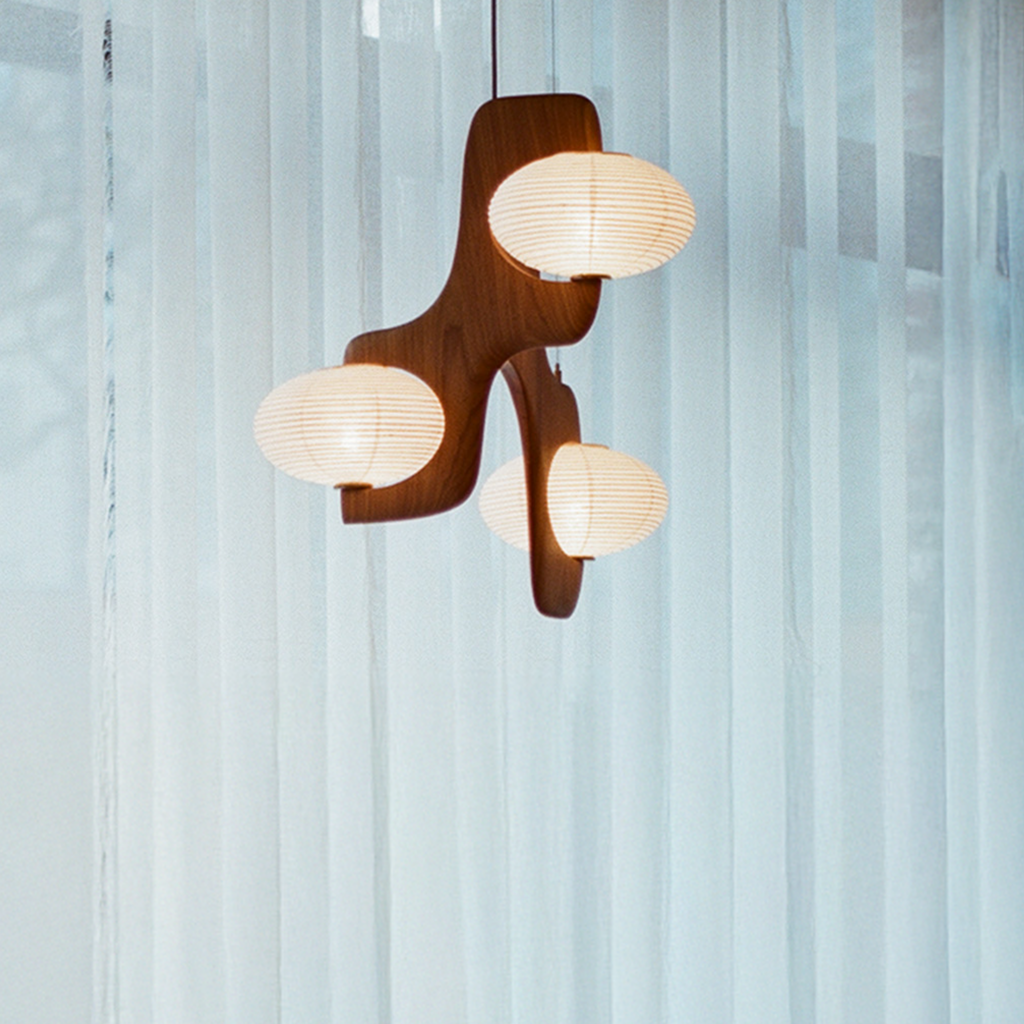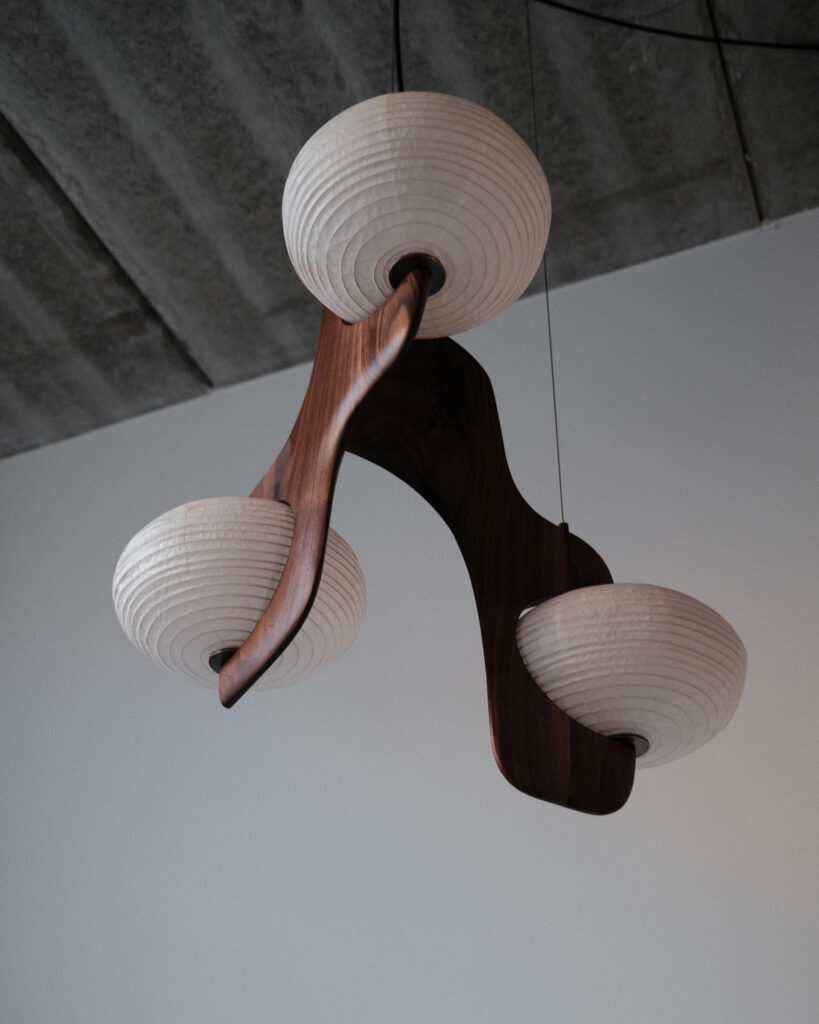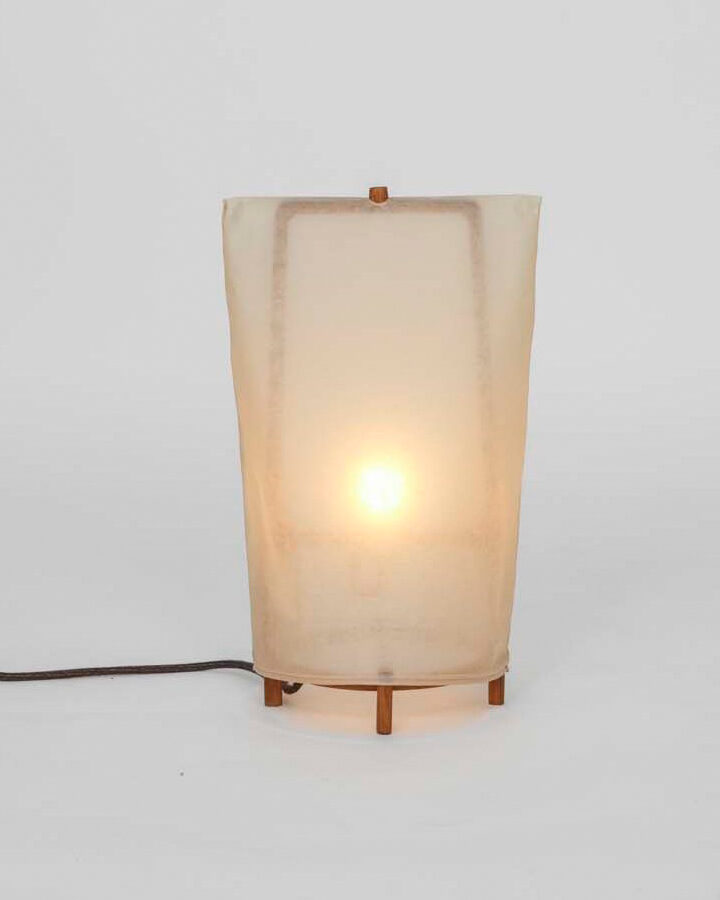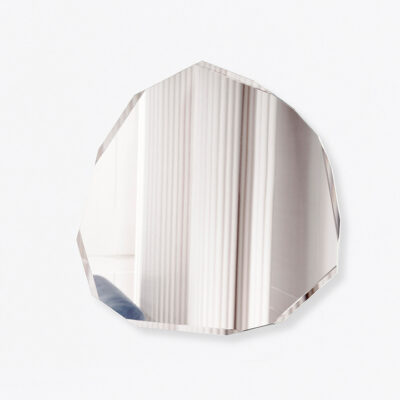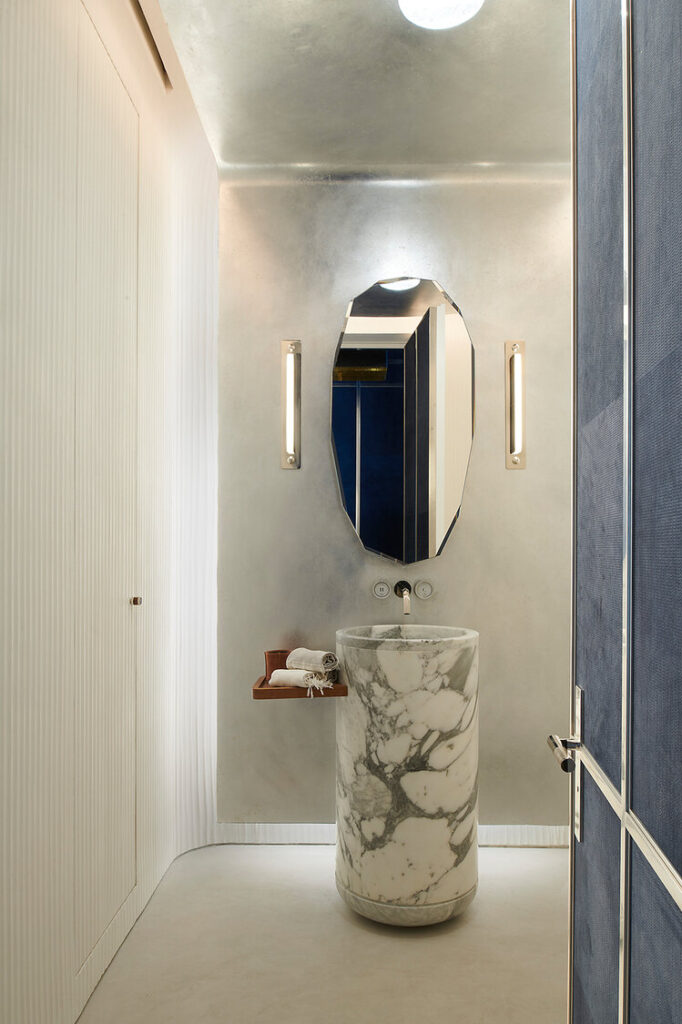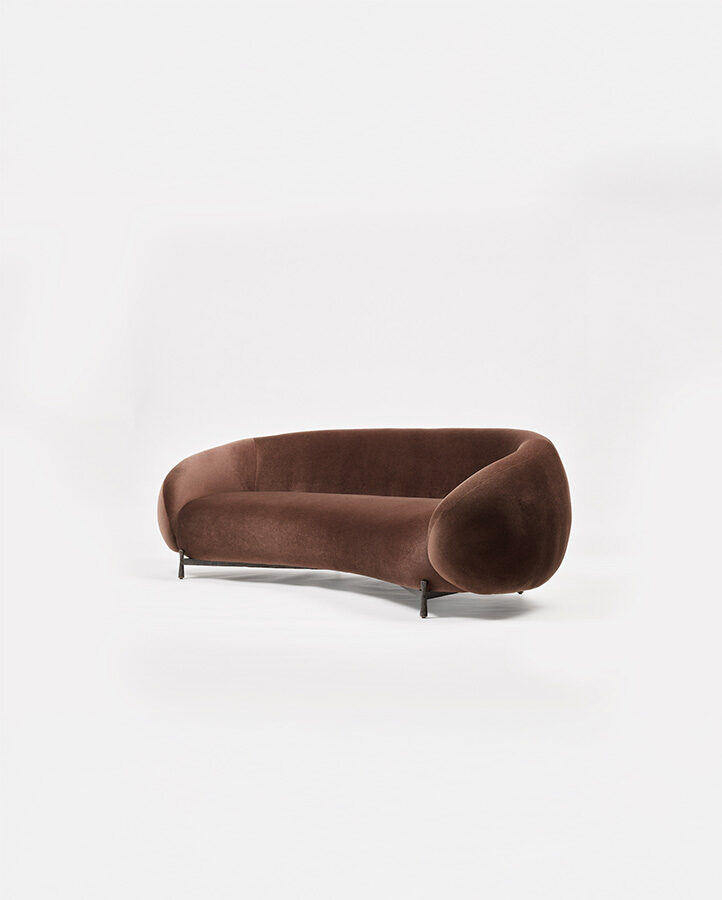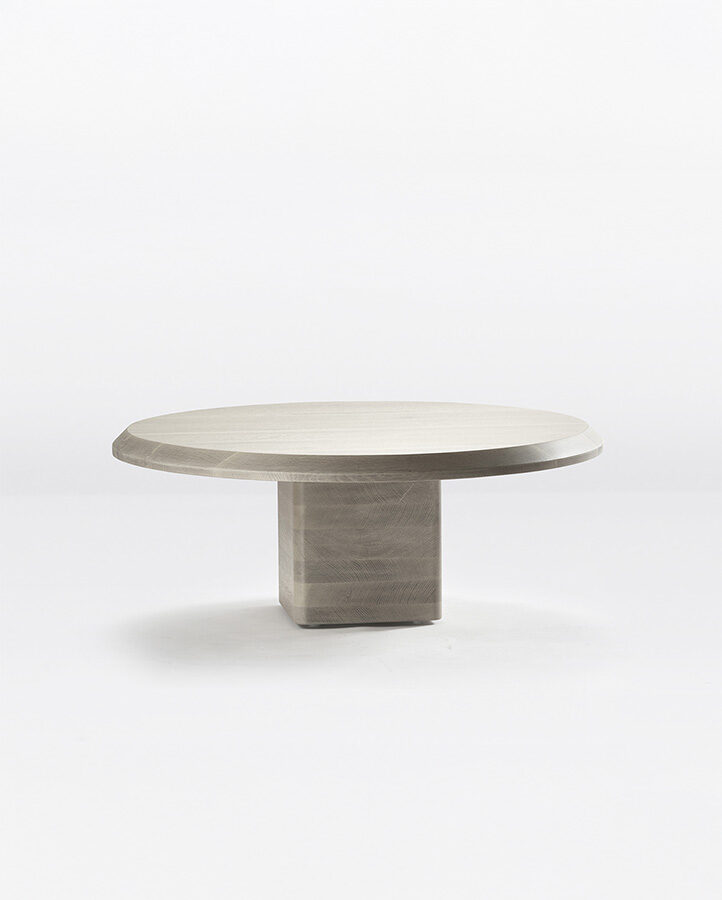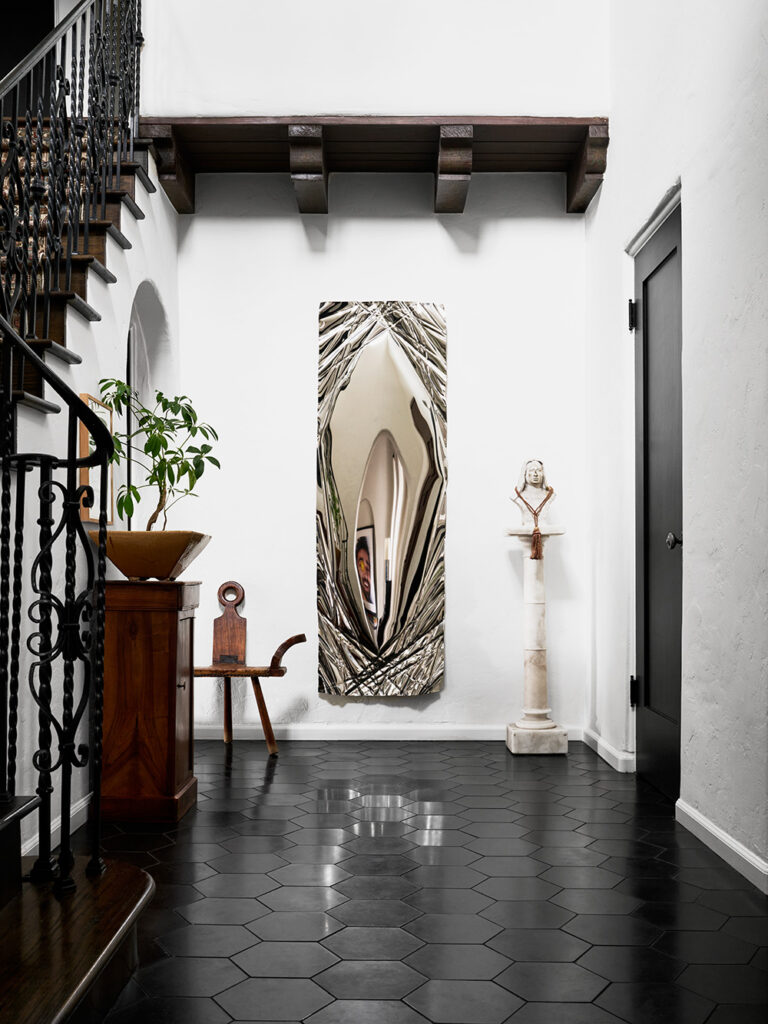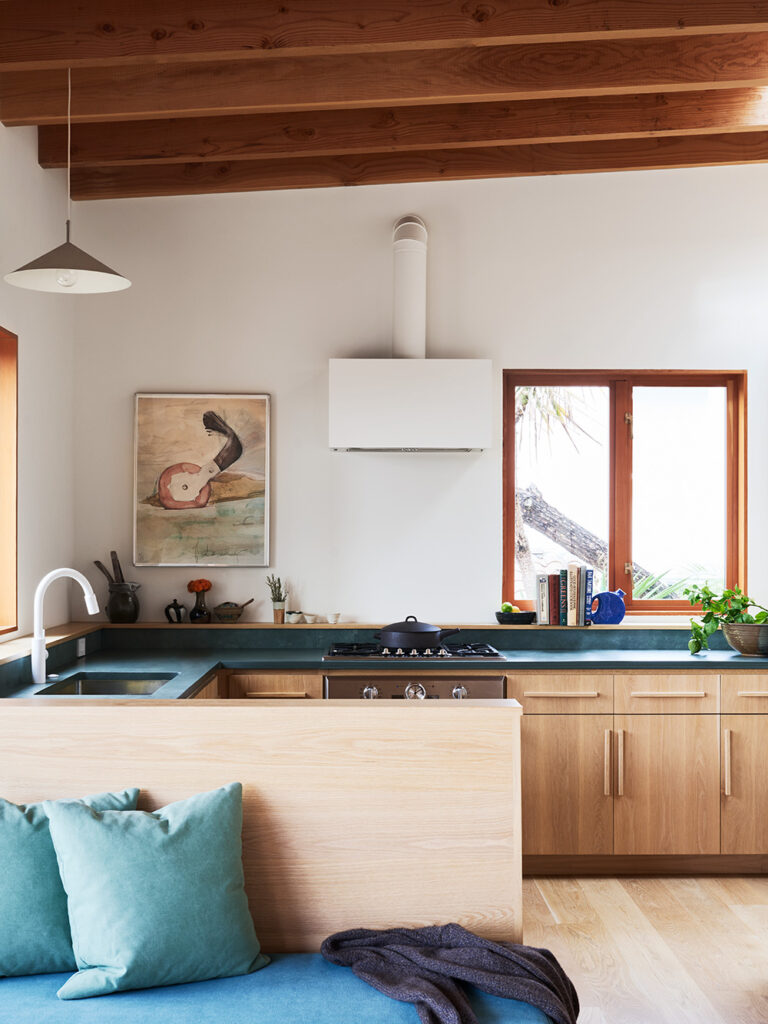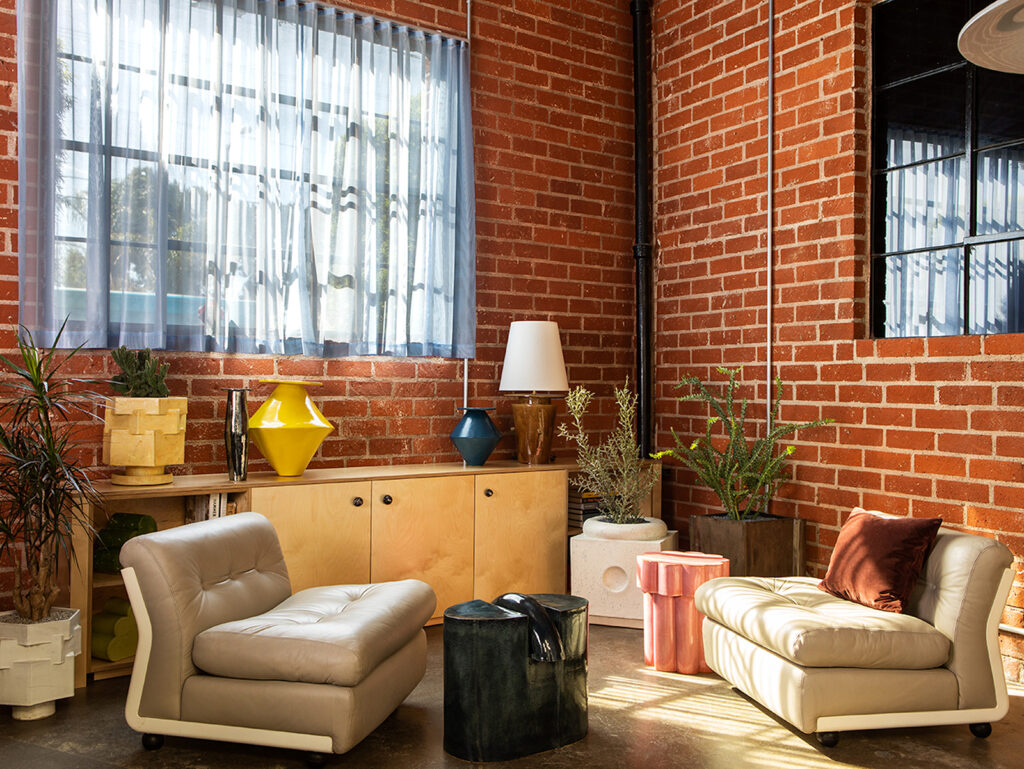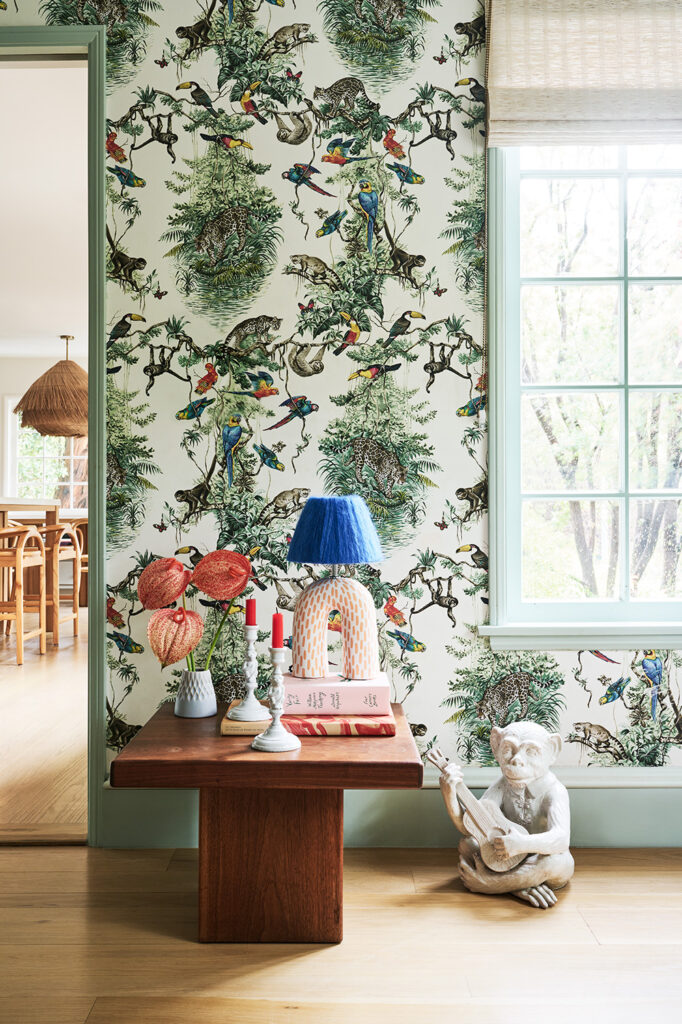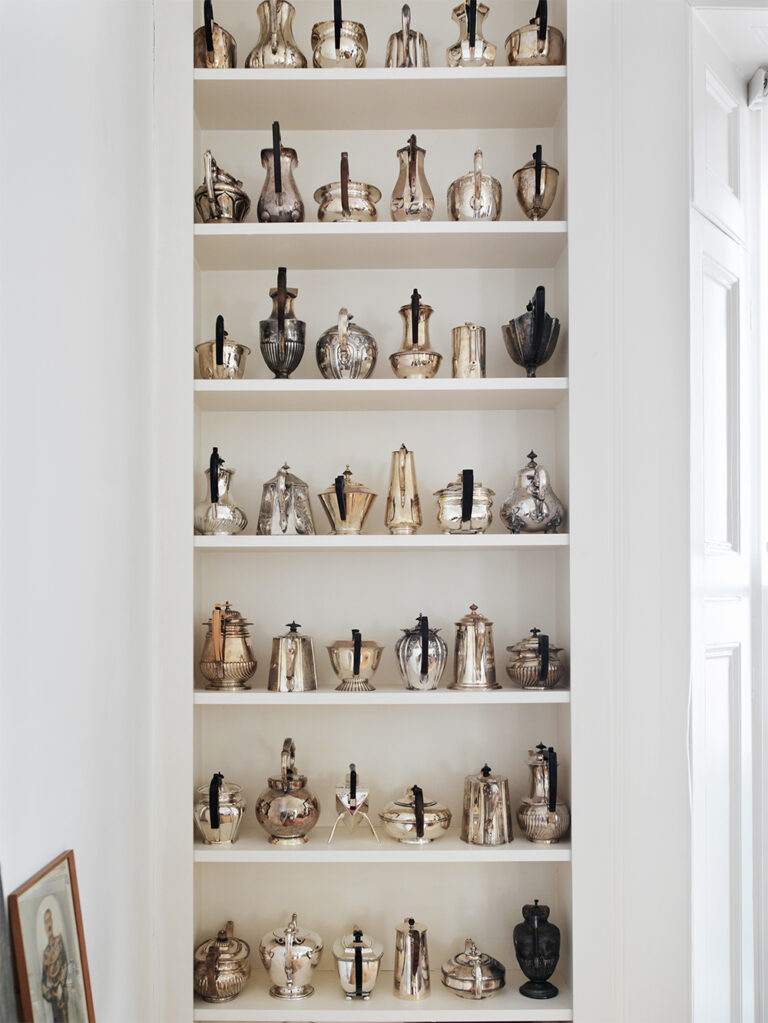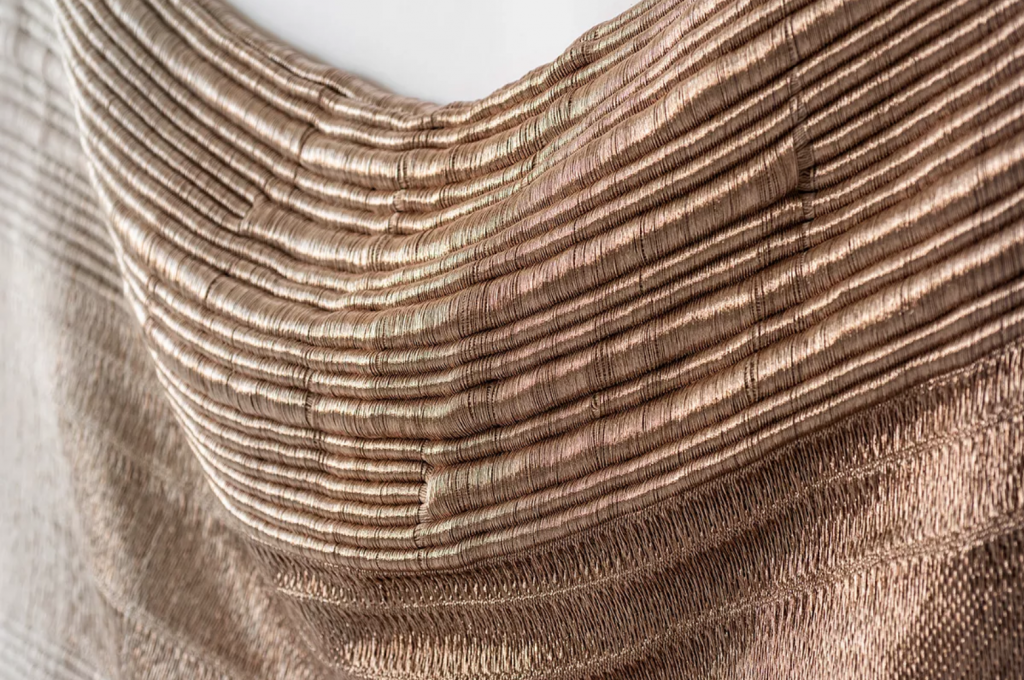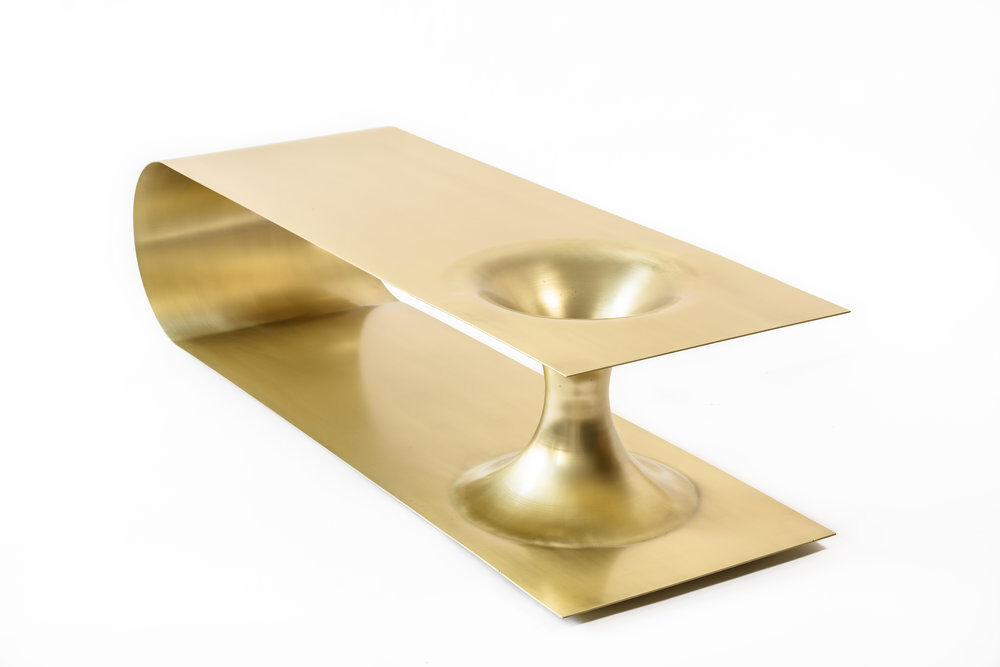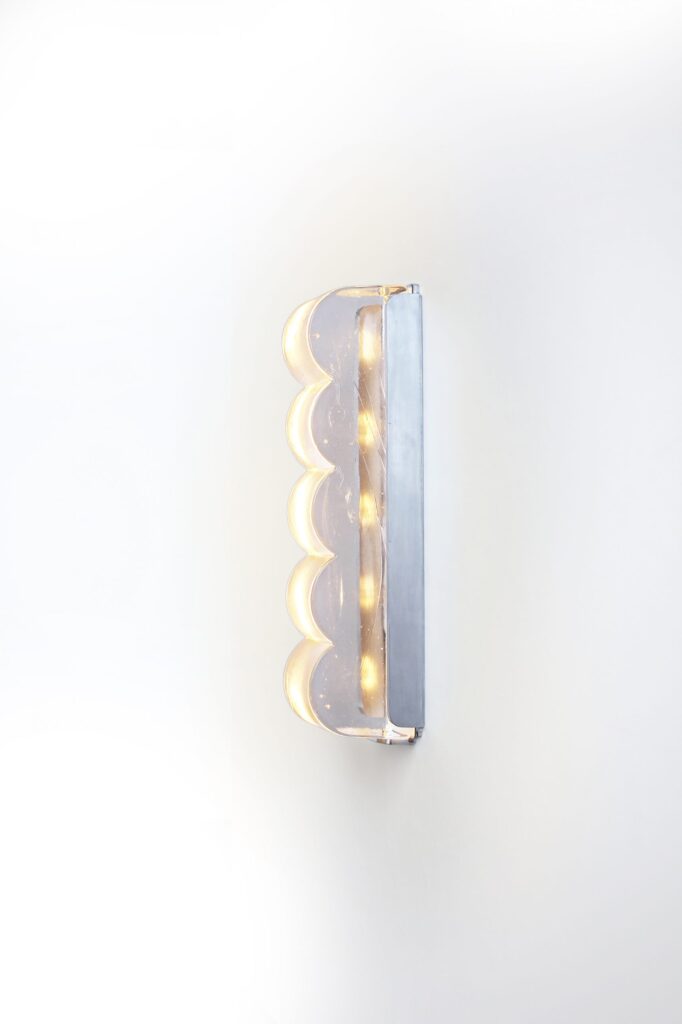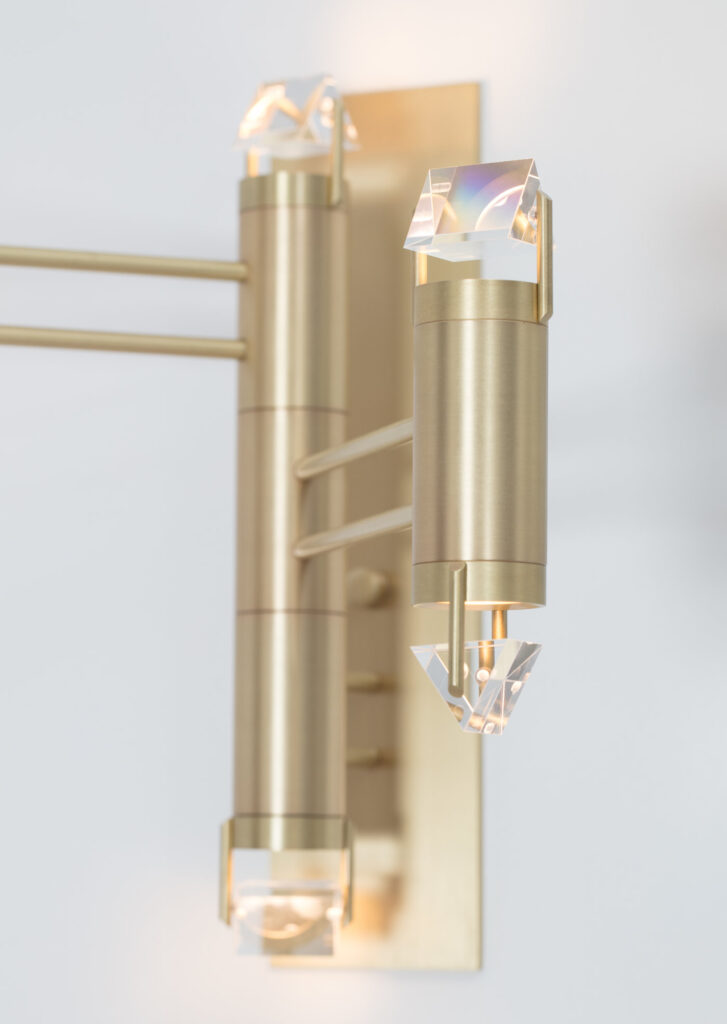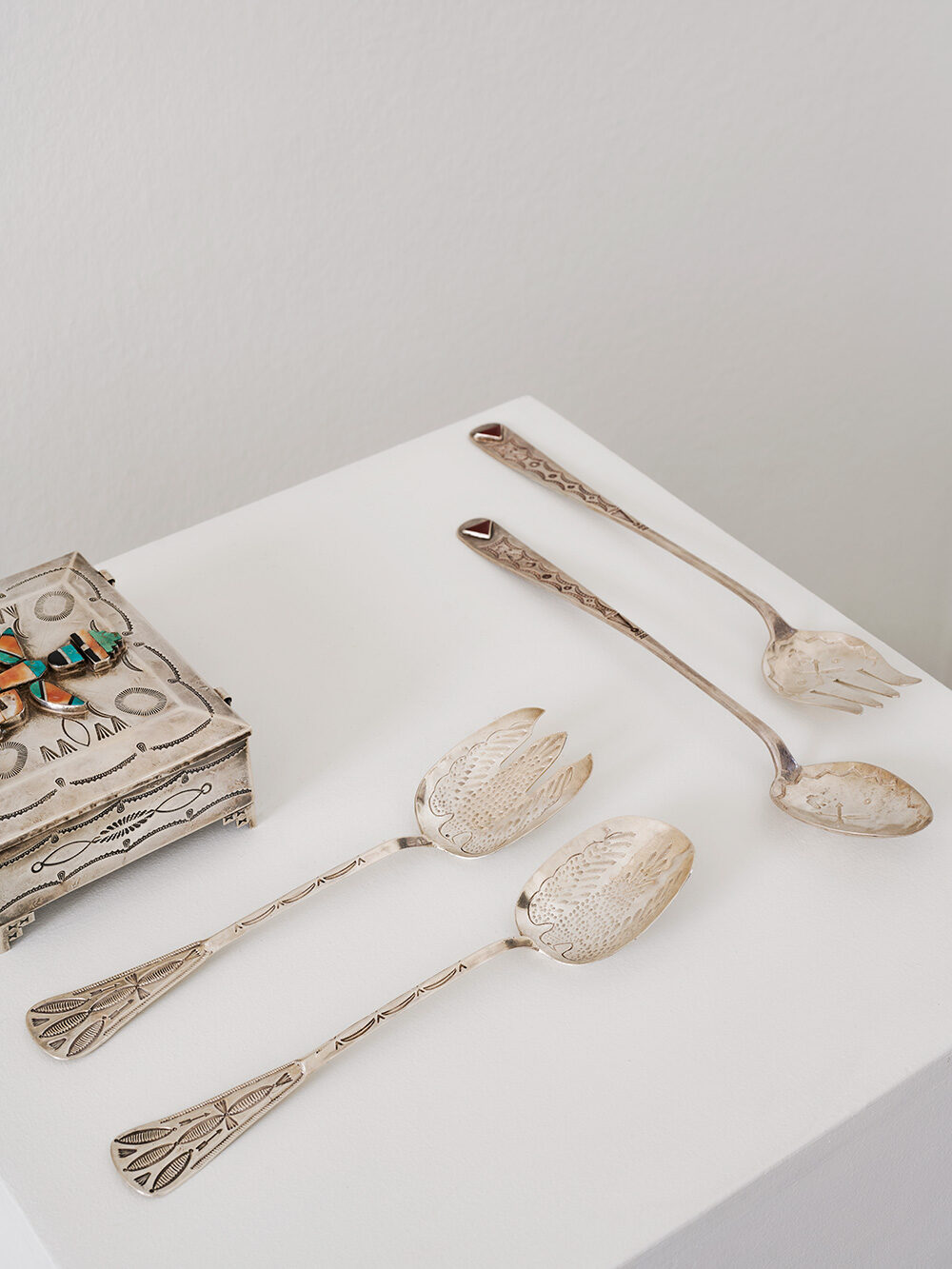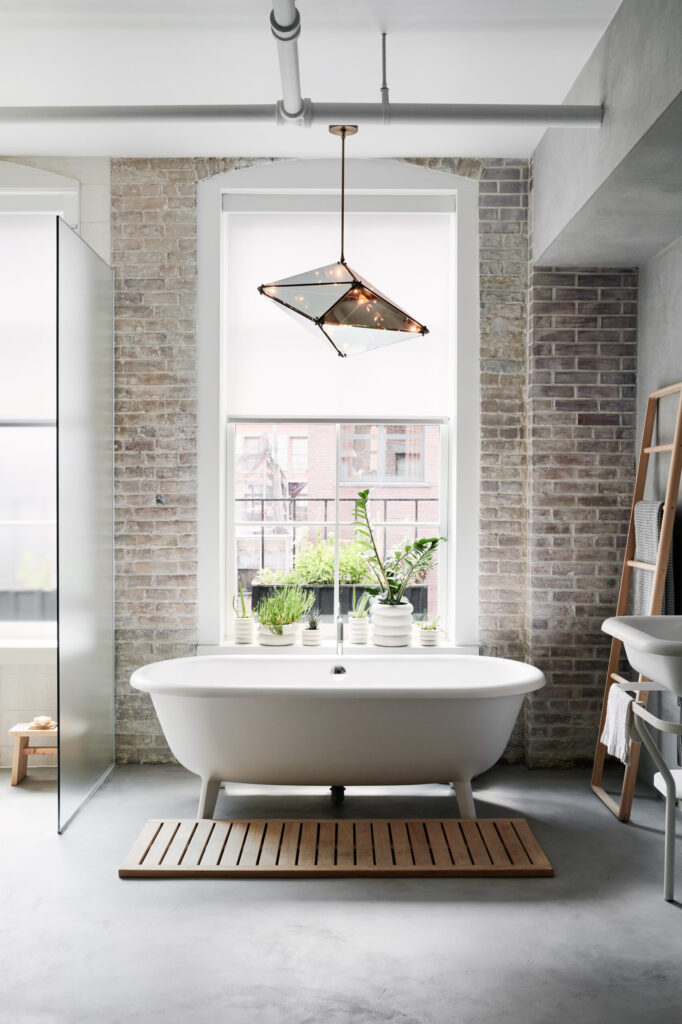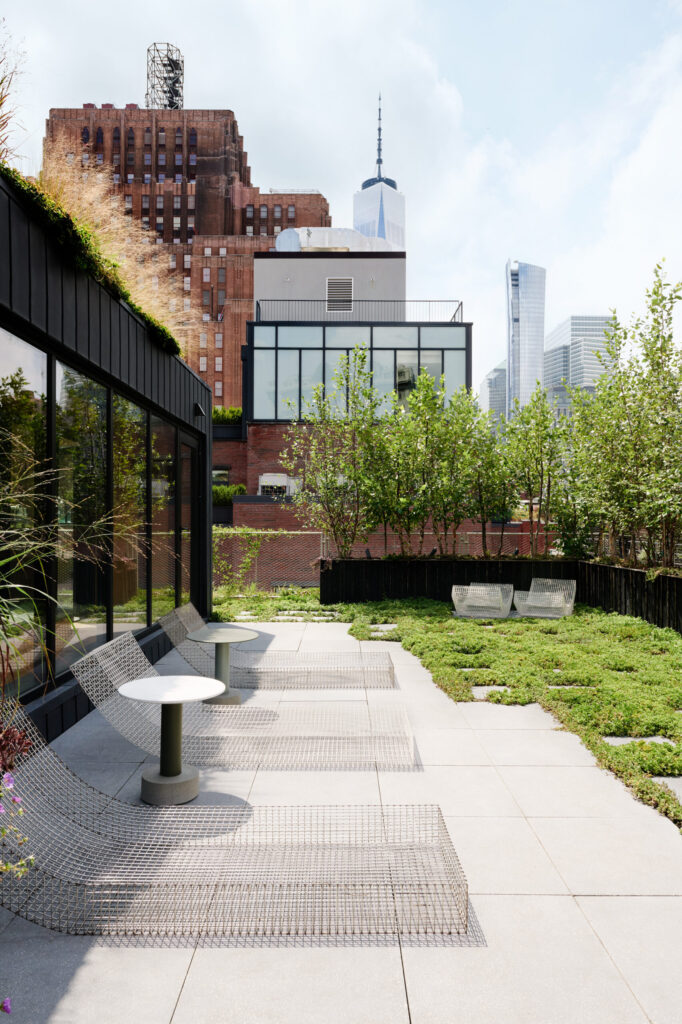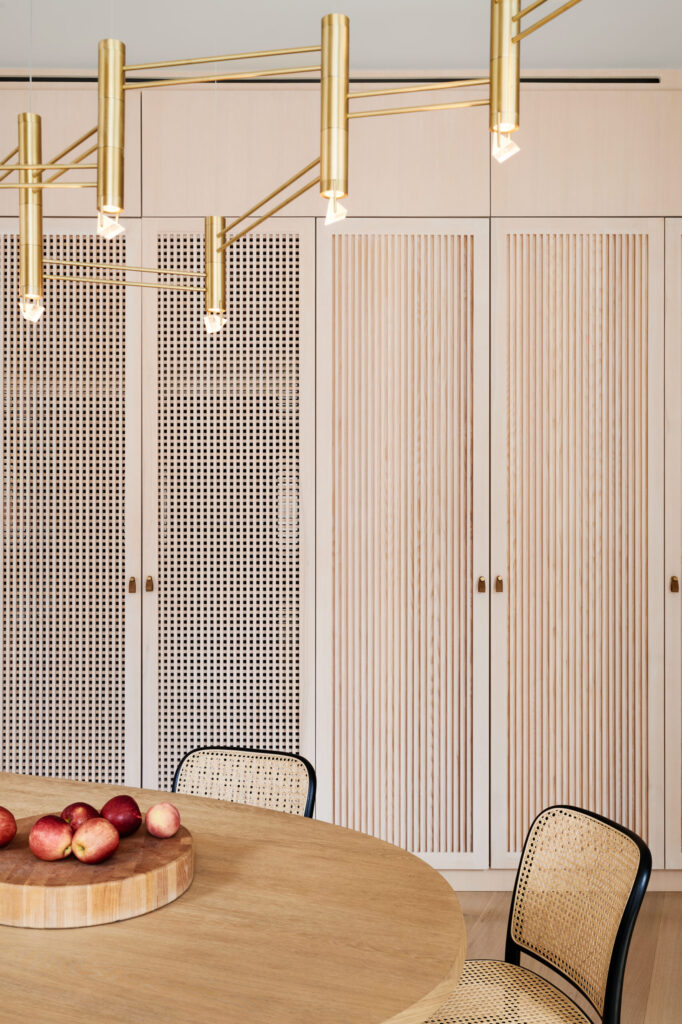Introduced in 2023, The Designer's Residency draws upon a rich foundation of curation, design education, and collaborative design development to introduce the next generation of Colony designers. Eleven years of Colony and three years of The Residency have culminated in the work which will present at Shelter this May, 17-19.
This exhibition will bring together five Residency alumni—M.Pei Studio, Ember Studio, Thomas Yang Studio, Alara Alkan Studio, and Marmar Studio. Though each studio carries a distinct background and artistic approach, they are bound by a shared commitment to exploration and expression. Their works speak in varied design languages, yet all offer reflections on how we see, shape, and inhabit the world. Shelter unveils their latest creations—objects that carry personal visions, collective memories, and a quiet invitation to imagine new ways of being.
In order to register for complimentary trade access, please register here. Non-trade friends and family, please use our discount code: TALKTOME.
Designer Syrette Lew of Moving Mountains considers comfort down the nth degree. She has always pushed herself to design pieces that are meant to be lived with, sat in and lounged on. The Cove Settee is no exception with its gently curved bench seat offering an elegant focal point for a sitting room or breakfast nook alike.
An instant classic, the Cove Settee's upholstery is supported by a graceful oak frame which ensures for visual impact no matter the angle.
Notes
Standard Materials: Oak, COM
Dimensions: 70”L x 38”D x 27”H
Lead Time: 23-25 weeks
More Of
In case you're looking for more of a singular seat...
In woodworking, joinery is the process of connecting various pieces of wood together to form a more complex structure. It's a process every maker is familiar with and one in which designers often find themselves in search of unexpected solutions. Vonnegut/Kraft's Mesa Console plays with stacked elements while Thomas Yang Studio's Ama Chair utilizes more traditional joinery.
There is no shortage of beautifully unexpected joinery in the Colony collection, whether rendered in wood or another material—like cork or stone.
Mesa Console
Standard Materials: Walnut
Dimensions:72”L x 16.75”W x 30”H
Lead Time: 20-24 Weeks
Pippi Nightstand
Standard Materials:Oiled beech, Whitewashed maple
Dimensions: 17”L x 16.5”D x 24.5”H
Lead Time: 24-28 weeks
Ama Chair
Standard Materials: Curly Maple
Dimensions: 15″L x 16″W x 33″H
Seat Height: 16.5″
Lead Time: 16-18 weeks
Clover Table Large
Standard Materials: Solid Cork
Dimensions: 35.72" W x 14.5" D x 16" H
Lead Time:14–16 weeks
Roebuck Coffee Table
As seen: Walnut, Travertine
Dimensions: 30”L x 19”D x 22.5”H
Lead Time: 10-12 weeks
More Of
A spattering of well-considered connection points...
"Designer and woodworker Kai-wei Hsu was sitting on Colony’s painted-white floor, sorting and organizing our toolbox. He had pulled it out of the closet, looking for a screwdriver, and couldn’t stomach my haphazard disorganization: screws, pencils, hooks, and wires jangling loose in the bottom of my “toolbox,” a cute canvas tote with boxy outer pockets. (Not necessarily the most practical thing for our tools, but adorable.) He patiently sorted and categorized everything, then quietly shook his head when, a month later, he stopped by and noticed it was all in disarray again.
One visit to his woodshop, KWH Furniture, puts it all in perspective. His work, crafting wood furniture, is intricate and laborious at once. A messy shop could spell disaster for the mindset he needs to machine massive solid wood boards into smooth, curved, and precise designs.”
From What We Keep by Jean Lin.
Studio photography by Brooke Holm.
Standard Materials: White Oak, Leather
Dimensions: 60”L x 27”W x 30”H
Lead Time: In-stock
More Of
Timeless pieces from Kai-wei's collection, all perfected in his immaculate woodshop...
Cove/Arc Credenza
The concave arc detail that extends around the entire profile exposes the signature end grain detailing.
Repeat/Arc Side Table
Akin to it's oak counterpart, the carrara marble version of the Repeat/Arc Side Table features a layered arc detail.
Brooklyn-based studio Kawabi has always been fascinated by the history and heritage of lanterns. Both designers Irisa and Aaron grew up in the Northeast with Chinese roots. After honing their paper-based craft in Japan, Kawabi set out to imbue their first collection with a sense of ancient belonging.
The Cascade Pendant takes its effervescent form from the Kengai bonsai. A style modeled after a tree which has grown in a harsh, natural environment, Kengai bonsais are recognizable for their movement and dynamism. Equally fluid from any angle, the Cascade Pendant offers a sense of composed playfulness to an interior.
Notes
Standard Materials: Wood, Brass, Kozo Paper, and Rattan
Dimensions: 25” L x 25” W x 26”H
Lead Time: 12 weeks
More Of
We needn't look far to shine a light on further hand-crafted fixtures...
The allure of the Facet Mirror is in its simplicity; a design paired down to its essence, without the removal of poetic details (in this case, the beveled edge). Designed by Studio Paolo Ferrari in 2017, the gem-like silhouette of the Facet Mirror is available in three standard sizes which can be hung in multiple orientations. Since its launch, the mirror has been customized into various proportions, proving that a strong foundation is endlessly transformable.
Notes
Standard Materials: Mirror
Standard: 21ӯ
Large: 36ӯ
X-Large: 48″Ø
Lead Time: 14-16 weeks
Project: 40 Bleecker
Interior Design: Colony
Photography by Brooke Holm
Read more online at Elle Decor
Project: Park Avenue
Interior Design: Paris Forino
More Of
Look no further than Studio Paolo Ferrari's Edition Series for more contemporary classics...
Cloud Sofa
Standard Materials: COM upholstery, hammered steel legs
Dimensions: 94” L x 45” W x 28.5” H
Lead Time: 14-16 weeks
Boe Lounge
Standard Materials: White Ash, Black Stain; COM upholstery
Dimensions: 32” L x 26” W x 24” H
Lead Time: 14-16 weeks
A city with a design point of view entirely unique (and refreshingly antithetical to that of New York), Los Angeles is one of a kind. In the wake of the ongoing wildfire devastation, our West coast design community is weighing heavily on our mind.
We are grieving for all those who have lost so much and are thinking about our colleagues and friends who call Los Angeles home. Alongside the work of LA-based ceramics studio BZIPPY, we wanted to share some quintessentially LA homes which Jean and Brooke were lucky to capture with the talented designers who brought them to life.
In the hopes of encouraging help from the East coast, we've compiled a list of donation links below:
Displaced Black Families Directory
Displaced Families Directory by Neighborhood
Incarcerated Firefighters
Anti-recidivism Coalition is setting up a scholarship for incarcerated firefighters. Donate at the link above and note "firefighter fund" on your donation.
National Day Laborer Organizing Network
Support immigrant workers impacted by the Los Angeles fires.
LA Fire Rebuilding - Architect, Engineer, Contractor Masterlist
Add yourself to this masterlist if you are in a position to donate valuable time and resources.

"And what of this house? You see, Allyson, a consumer-trend forecaster, and Julius, a director and cinematographer, own a house designed by preeminent modernist architect Richard Neutra—an architect's architect whose works are on historic-preservation lists, celebrated as Southern Californian icons...
"We are so, so lucky," says Julius of how they came to own a piece of architectural history."
—Excerpt from What We Keep, Jean Lin
Proem is a Los Angeles-based interior design studio founded in 2017 by Ashley Drost and Marie Trohman. They approach all projects as the beginning of a new story for each client, the proem of a book, the introduction to a new chapter. Pictured here is the entryway of co-founder Marie Trohman's classic 1929 Spanish style colonial in the hills of Los Feliz.
LAUN is a Los Angeles-based design firm focused on enriching the built environment through architecture, furniture and creative collaborations founded in 2018 by friends Rachel Bullock and Molly Purnell. Alongside their architecture practice, LAUN's object-line harnesses the unique talents of Los Angeles-based manufacturers to craft timeless, heirloom quality furniture. This shot is of the studio's Cool Ranch project, a conversion of a 1930's home in the hills of Silver Lake.
Founded in 2008 by artist Bari Ziperstein, BZIPPY is known for their experimentation and innovation with ceramics. Bari's Sun Valley studio and community have been greatly affected by the Eaton fire. She's been extremely active on instagram with helpful ways to get involved. Like all small business affected by the fire, one of the most direct ways to assist is to continue working with them. You can shop their collection here.
LALA Reimagined was conceived in Los Angeles when Azar Fattahi met Lia McNairy in iconic Laurel Canyon. Both women champion design as a lifestyle art, being heavily influenced by their European upbringing while fearlessly pushing boundaries and defying norms. The duo's La Granada project features the homeowner's whimsical collection of monkeys.
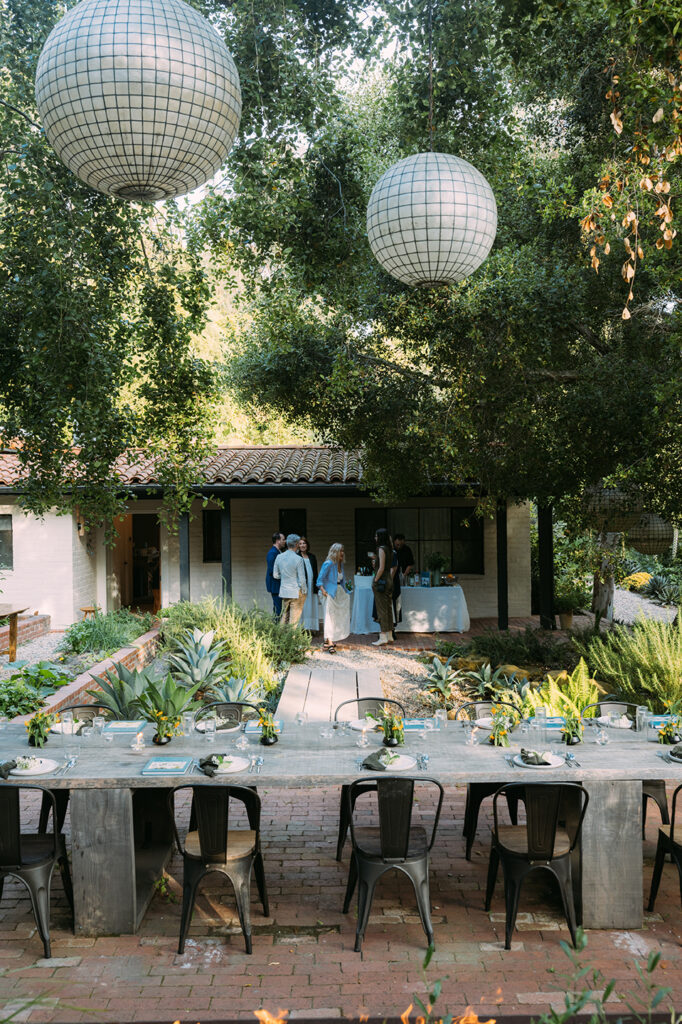
A magical capture from an intimate Los Angeles evening hosted by chef, author and friend Camilla Marcus at her Brentwood home to celebrate What We Keep with good friends and collaborators. Camilla's home represents the iconic indoor/outdoor living that we love so much about LA.
Drift Bump Sconce Large
Standard Materials: Cast glass, Aluminum
Dimensions: 4″W x 4.25″D x 16.25″H
Lead Time: 12 – 14 weeks
Apollo Study II
Standard Materials: Metallic Thread, Linen, and Hemp
Dimensions: 70″ L x 37″ W
Lead Time: 16 – 22 weeks
Standard Materials: Aluminum, Glass Prism
Dimensions: 15″ W x 11″ H x 11″ D
Lead Time: 14-16 weeks
HOLIDAY GIFTING
The perfect gift for all the design lovers in your life...
In What We Keep: Advice from Artists and Designers on Living with the Things You Love, gallerist Jean Lin presents an interior design book for collectors, would-be collectors, and design-loving hunter/gatherers who crave objects of beauty to display in their homes.
Foreword by Asad Syrkett, editor-in-chief of Elle Decor
At Colony, our interior design practice is integral to our business' wellbeing, buoying the gallery when sales are down, and informing everything from curation to customer service. We have grown to understand our gallery clients and fellow interior designers at a deep level only accessed by professional peers.
Working with homeowners who are as fully invested in supporting our community of American independent designers as we are is a privilege. In the design of our recent Tribeca Triplex project, our team focused on curating functional works of art to compose the owner's daily landscape, allowing the space to be at once inspired and suitable for the family's needs. Already avid collectors of Bec Brittain, the homeowners were eager to add more contemporary design from Colony's roster to their collection including the Crescent Lounge by Vonnegut/Kraft and custom runners by Grain.
A collaboration with Bernheimer Architecture, our Tribeca Loft Triplex project was recently featured in AN Interior with a write up by Kelly Pau and photography by Brooke Holm. Inspired by Bernheimer's material language, Colony looked towards non-rigid geometric patterns and textures to add contemporary warmth to the space.
FEATURED COLONY DESIGNERS
Vonnegut Kraft | Crescent Lounge
Grain | Custom Rug
Bec Brittain | Aries
Project Notes
Project: Tribeca Triplex
Interior design: Colony Consult
Architecture: Bernheimer Architecture
Photography by Brooke Holm.
Read more online at AN Interior.

